Environmental studies and permitting
The Environmental Pre-Feasibility Studies were introduced by Law 109 of February 11, 1994 and subsequent modifications and additions (“Framework Law for Public Works 109/94”). A successive regulation is the one defined in DPR 554 of December 21, 1999.
An Environmental Pre-Feasibility Study allows to evaluate the environmental impacts caused by the project already in the preliminary planning stage, thus anticipating suitable solutions regarding the critical issues detected.
When the work is subject to the Environmental Impact Assessment (EIA) procedure, the second paragraph of article 21 included in DPR 554 of December 21, 1999 establishes the condition for Pre-Feasibility Studies to feature the necessary information to carry out the screening stage of the EIA study.
Moreover, in cases which are regulated by selection processes described in European Directives or Regulations, a Pre-Feasibility Study enables to assure that the project is not in any way harmful to the environment. In other words, it allows to identify the mandatory measures to adopt in order to avoid significant environmental impacts on surrounding areas.
If related to the EIS, that analyzes in detail all the impacts on territory brought by the realization of a work, the Environmental Pre-Feasibility Study grants deep knowledge of the area before the definition of the final project, therefore avoiding the emergence of relevant issues in the EIA procedure, which may lead to a partial or even complete re-elaboration of the project itself.
Currently the decree which regulates Environmental Pre-Feasibility Studies is D.Lgs. 152/2006 and its subsequent modifications and additions; in particular the second section defines their essential contents: descriptive reports on the territory and its critical features, with graphics attachments to highlight the main aspects. Generally, as article 19 of D.Lgs. 152/2006 points out, the first part of an Environmental Impact Assessment focuses on completing a preliminary screening (verifica di assoggettabilità – verification procedure?). This phase procedures and contents are specified in the article (no 20) and it takes into account both national and regional situations.
At international level, Pre-Feasibility Studies are developed especially for large projects with the aim to identify the convenience and the optimal conditions for proceeding to the Feasibility stage. They may be very similar to Environmental Pre-Feasibility Studies as in Law 109 of February 11, 1994. If the need to pursue a Feasibility Study is acknowledged, the study includes also cost-benefit analysis. Usually this happens for projects funded by international organizations such as the World Bank, the European Investment Bank (EIB), the European Bank for Reconstruction and Development (EBRD) etc…
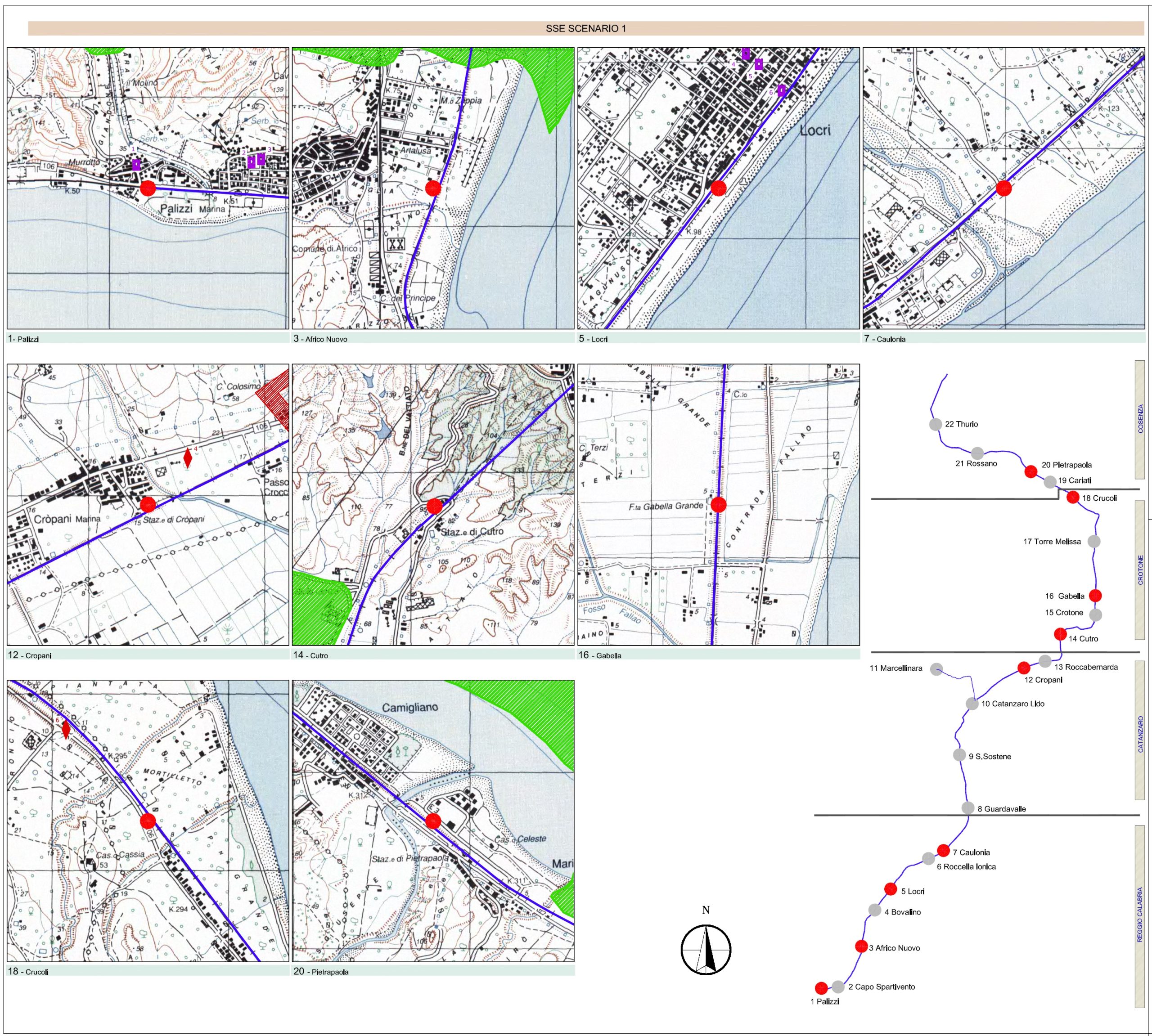
During processes of Environmental Pre-Feasibility Studies, VDP is able to support the Proponent in the choice of the best alternative, starting from the implementation of the set of possible alternatives, up to the definition of guidelines involving environmental requirements in the final work.
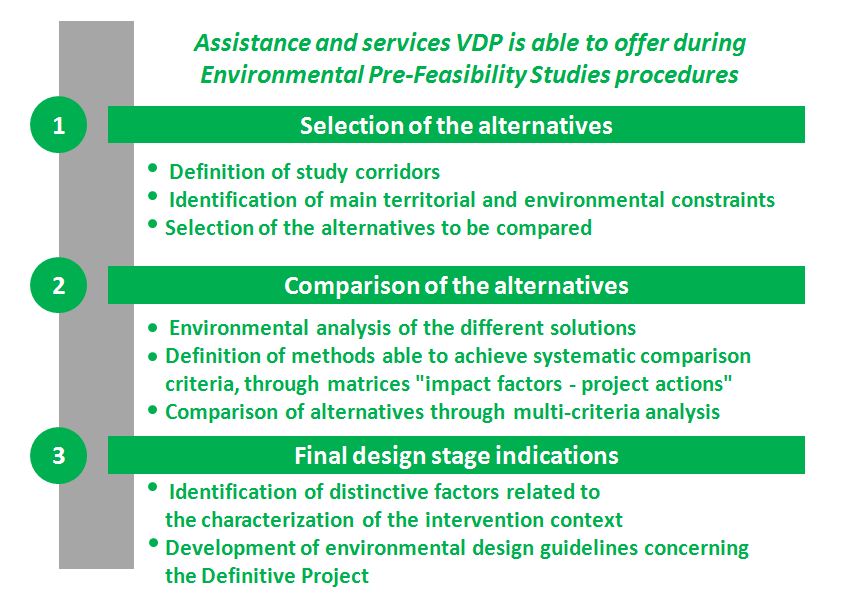 Comparison among the different alternatives represents the crucial phase for their evaluation and selection, because of the involvement of simultaneous considerations regarding multiple profiles which are expression of different approaches, values and interests from the various actors involved.
Comparison among the different alternatives represents the crucial phase for their evaluation and selection, because of the involvement of simultaneous considerations regarding multiple profiles which are expression of different approaches, values and interests from the various actors involved.
In this perspective VDP has structured, thanks to its long experience, several methods based on multi-criteria analysis.
The EIA screening is a complex procedure involving various activities that do not involve only the preparation of technical documents, but they imply also support to Proponent and orientation concerning the potential EIA study of the proposed project.
The services offered by VDP are structured at several levels:
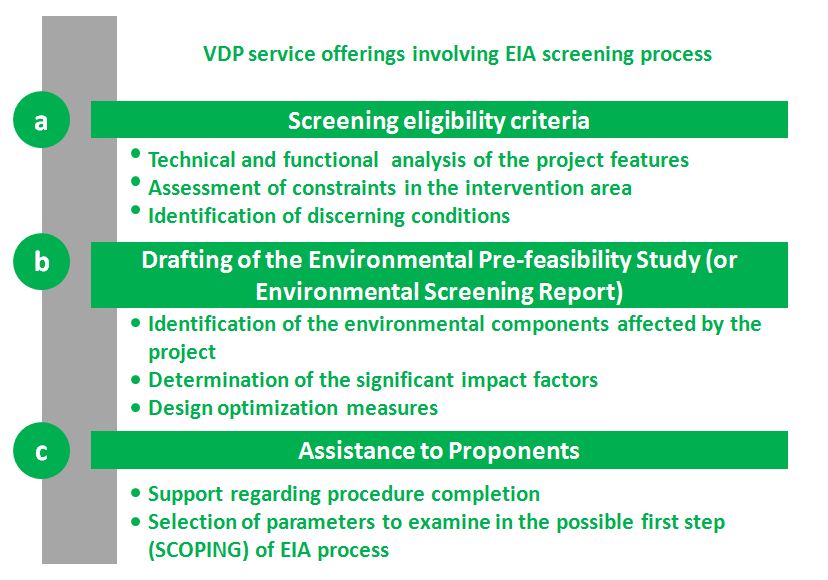
The level of importance reserved to the impact factors associated with the main project interventions represents a central aspect in the preparation of an Environmental Preliminary Study. VDP developed methods of study that, through graphics and cartographic synthesis, allow the examining commission to elaborate a complete framewwork regarding the relationship between the intervention and the various environmental factors.
For what concerns the assistance to the Proponent that VDP is able to offer, specific reference to the stages following the preparation of the Environmental Pre-Feasibility Study is made. These activities refer mainly to the preliminary and subsequent phases of the procedural investigation, which may result in legislative conformity and, possibly, in development of the EIA procedure.
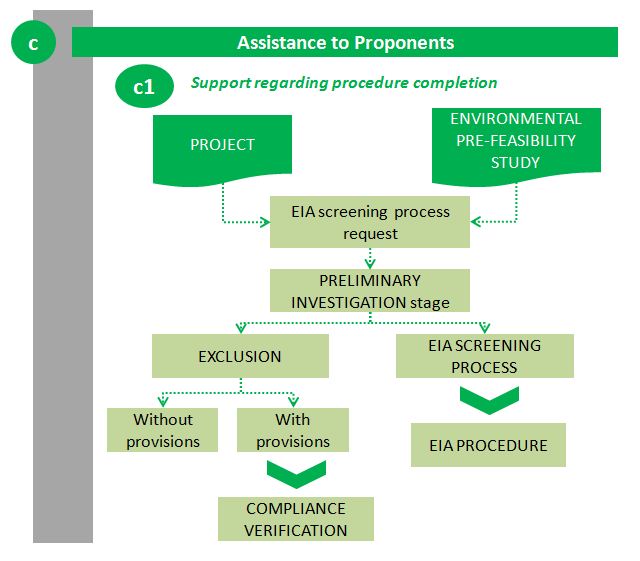
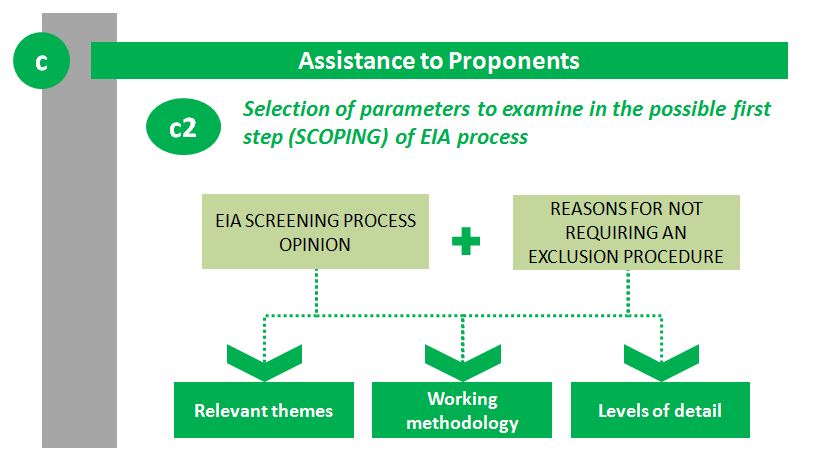
At international level, VDP ensures the implementation of services in compliance with the laws and regulations currently in force in the project area and, when provided, with the standards and protocols required by potential Donors.
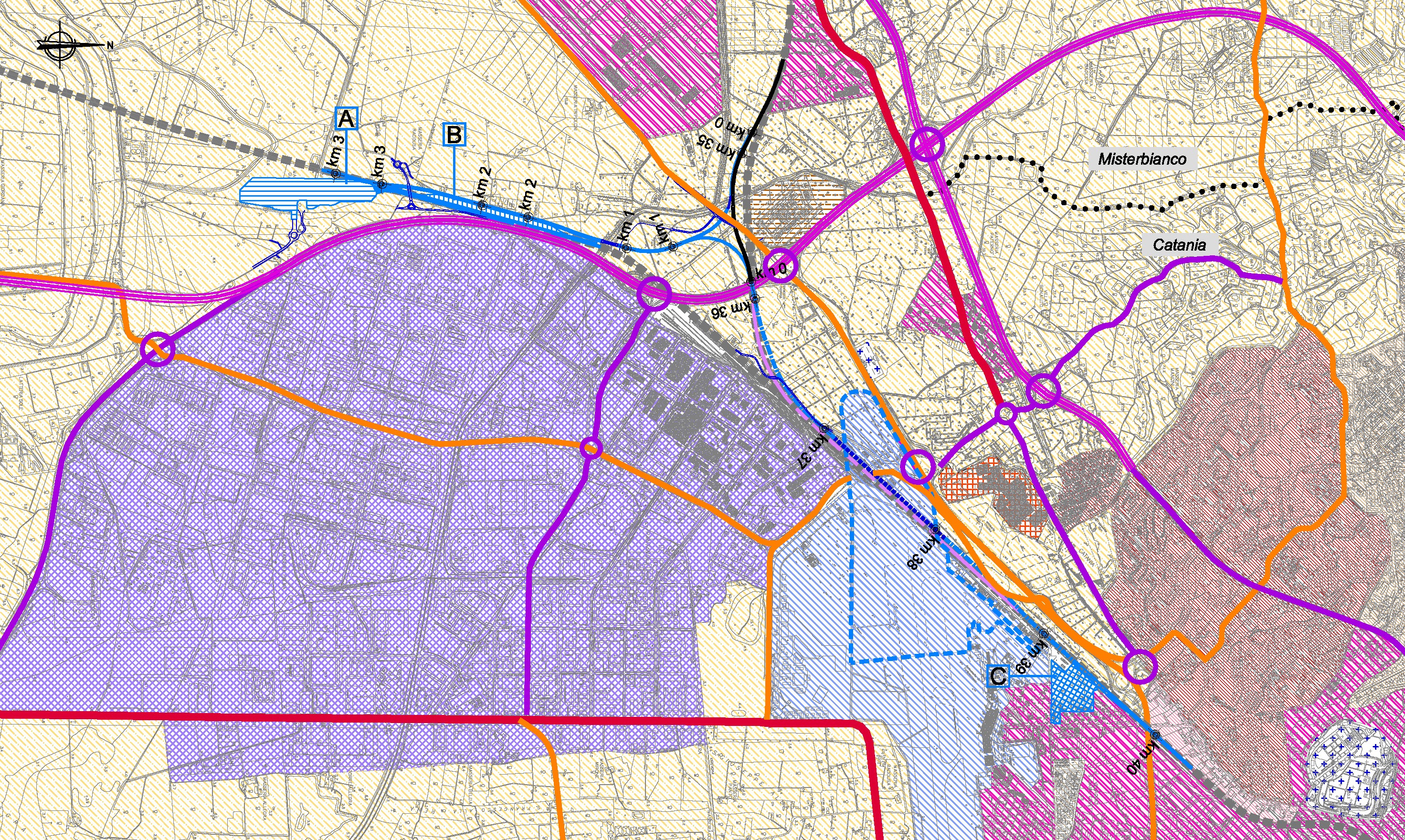
The Environmental Pre-Feasibility Study is part of Preliminary Design. It is also a valuable technical support activity both for the Proponent and the designer. Through this study it is possible to initiate a process of gradual selection of proposed solutions. This is aimed at identifying, among the different alternatives, the one most capable of balancing the various requests converging around the project and, therefore, obtaining the widest approval from competent Authorities and local Communities.
In this context the key words, able to summarize VDP vision concerning the set of activities and services that characterize Environmental Pre-Feasibility Studies, are “process” and “sharing”.
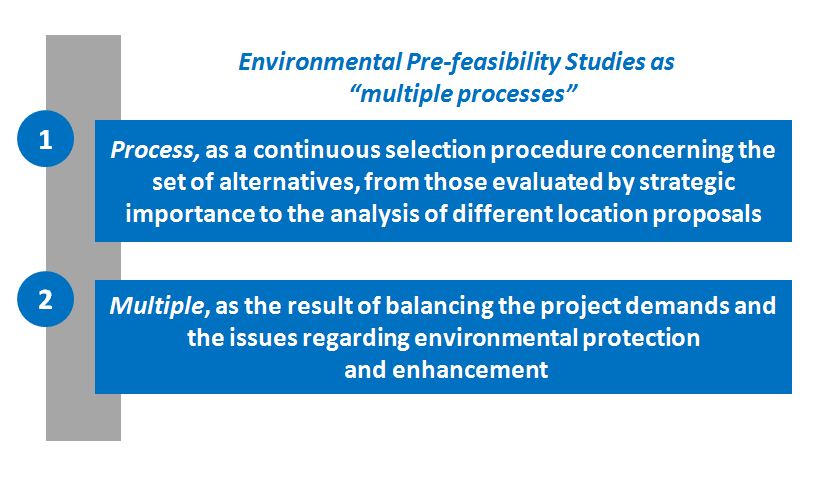
The objective pursued by the Law through the screening procedure is the insertion of certain level of flexibility derived by the consideration of the relation between Work and Environment considering the project features and the environmental framework.
VDP goal in performing the screening procedure is therefore to highlight the project special features in order to enable the competent Authority to reasonably express a judgment regarding the feasibility of EIA study.

-
 Seismic upgrading of A24 viaductsSettore: Roads & Highways
Seismic upgrading of A24 viaductsSettore: Roads & Highways -
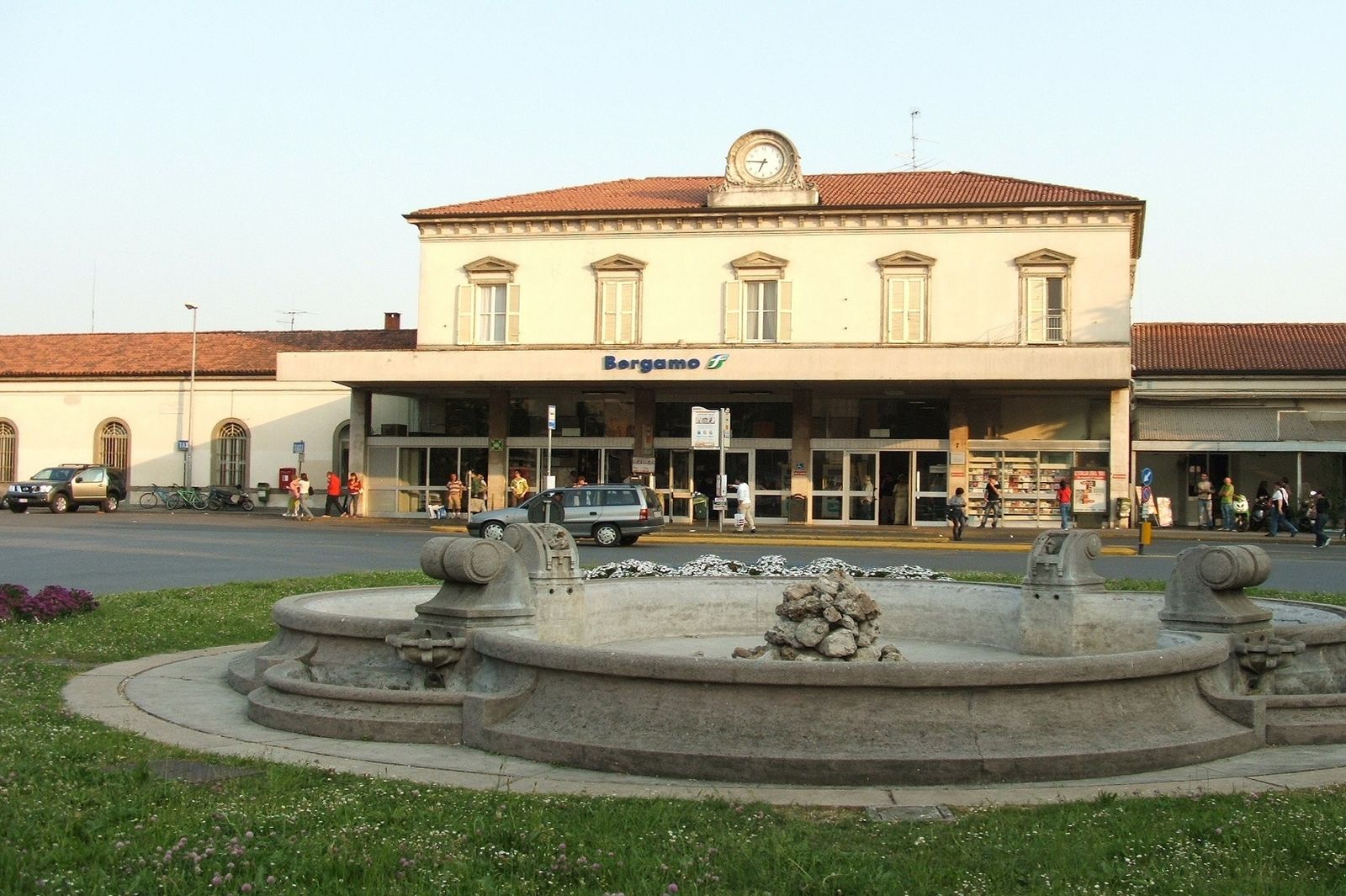 Framework Agreement PP, DD, FD, RFI STATIONSSettore: Railways & Station
Framework Agreement PP, DD, FD, RFI STATIONSSettore: Railways & Station -
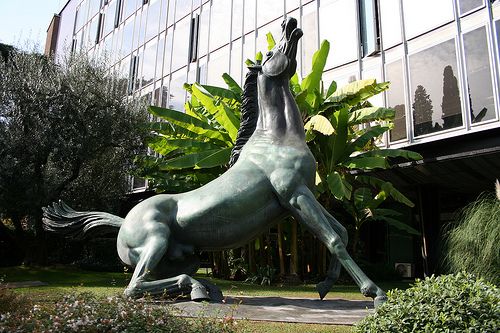 Whole Renovation of the RAI building – RomeSettore: Public Administrations
Whole Renovation of the RAI building – RomeSettore: Public Administrations -
 F.A. Engineering Services – ADSP MAR TIRRENO SETT.Settore: Ports and hydraulic projects
F.A. Engineering Services – ADSP MAR TIRRENO SETT.Settore: Ports and hydraulic projects -
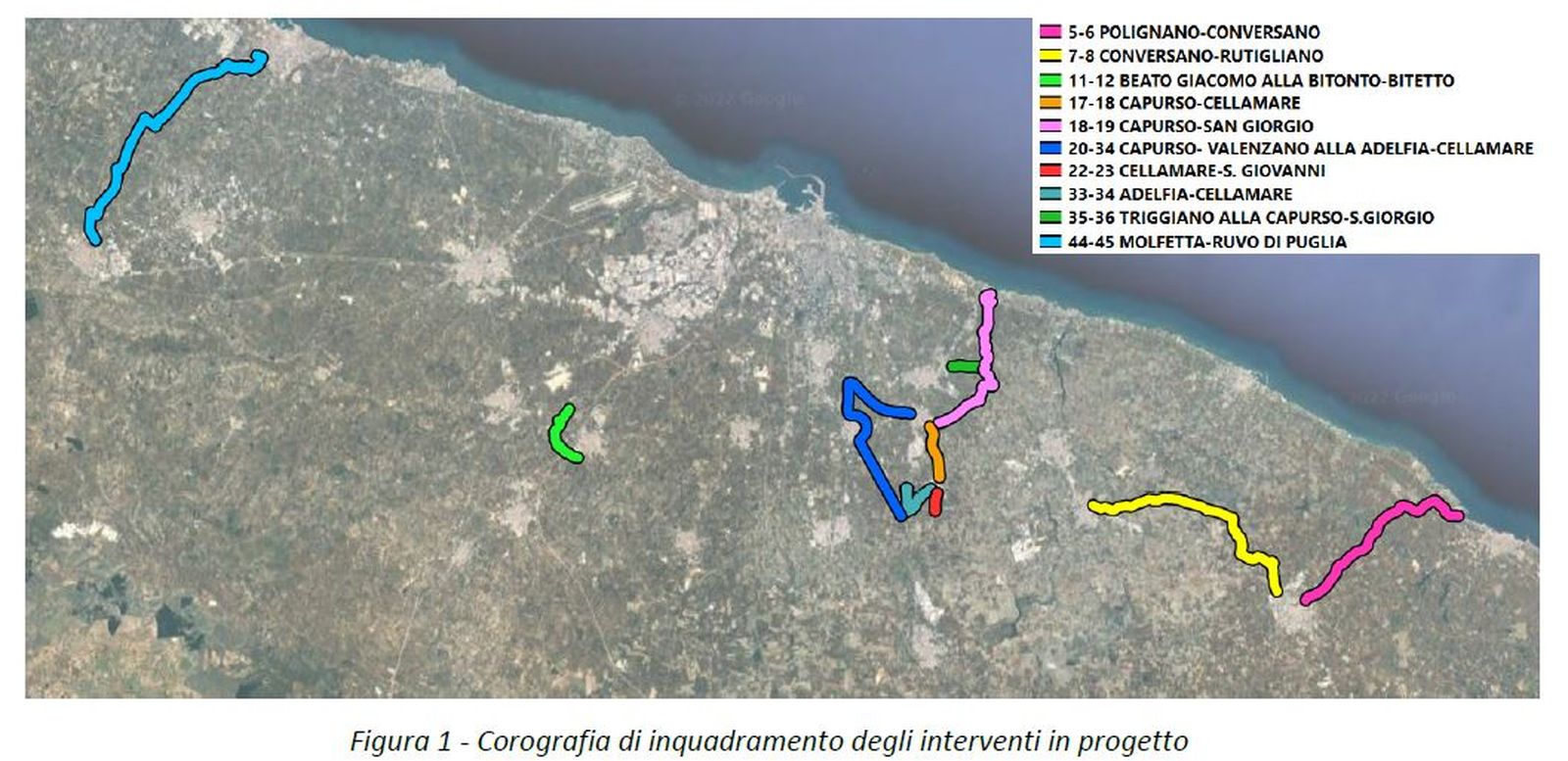 Biciplan – Metropolitan City of Bari
Biciplan – Metropolitan City of Bari -
 PFTE of tramway LOT 4 and LOT 5 – Rome
PFTE of tramway LOT 4 and LOT 5 – Rome -
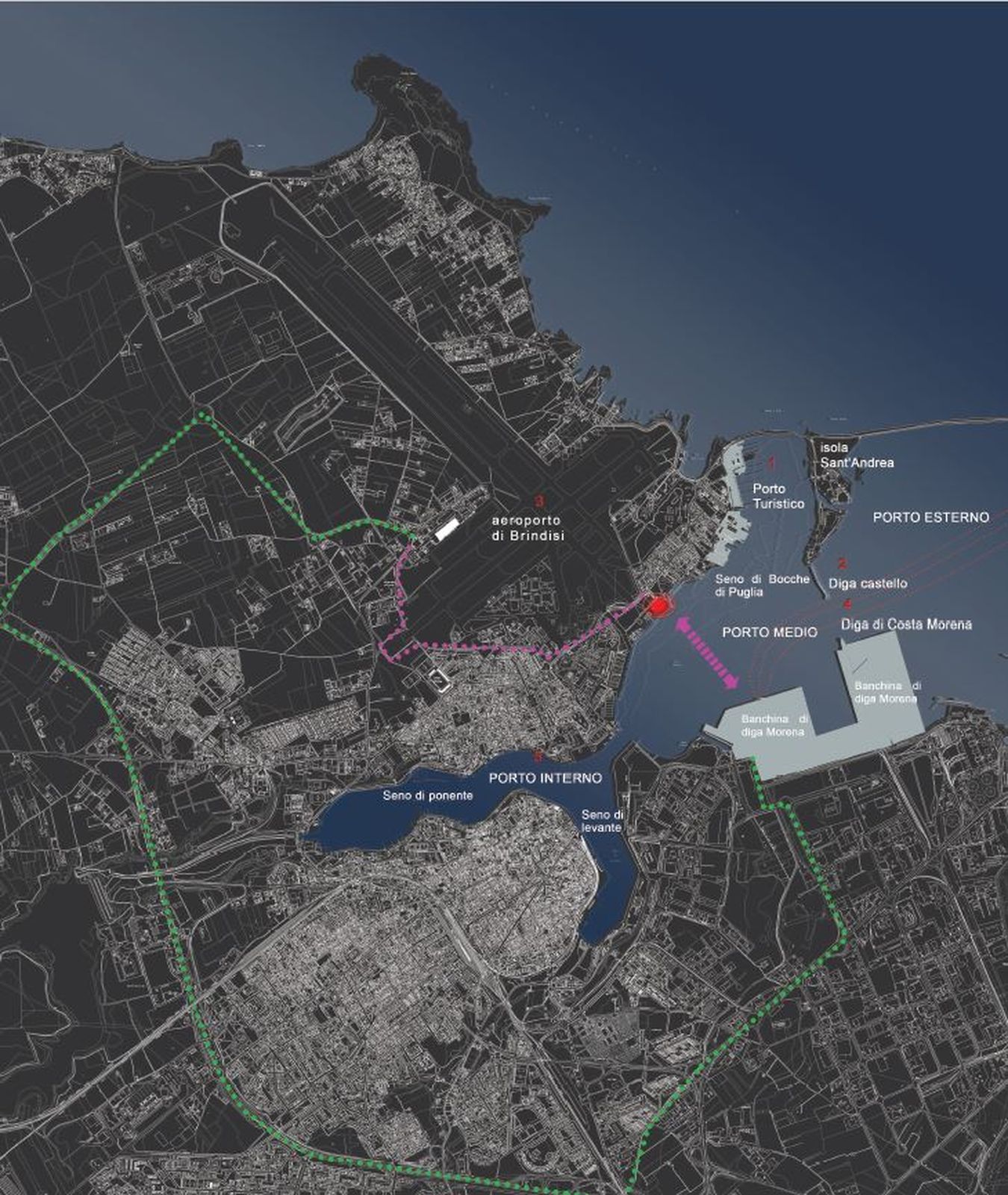 POLO AIR & CRUISERS – Brindisi AirportSettore: Airports
POLO AIR & CRUISERS – Brindisi AirportSettore: Airports -
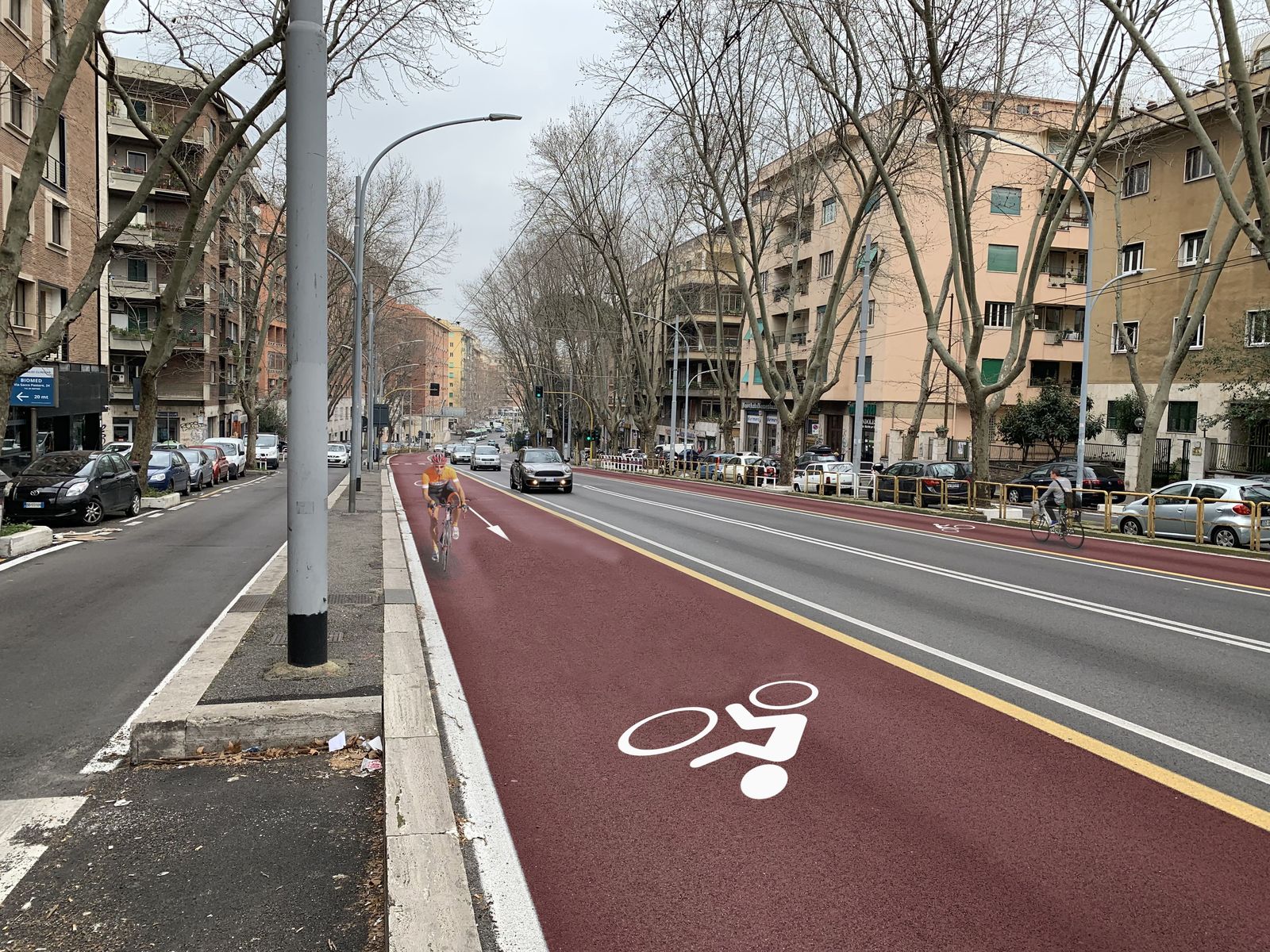 Cycle Paths – Rome
Cycle Paths – Rome -
 Environmental studies metro line m1 MilanSettore: Urban Transport
Environmental studies metro line m1 MilanSettore: Urban Transport -
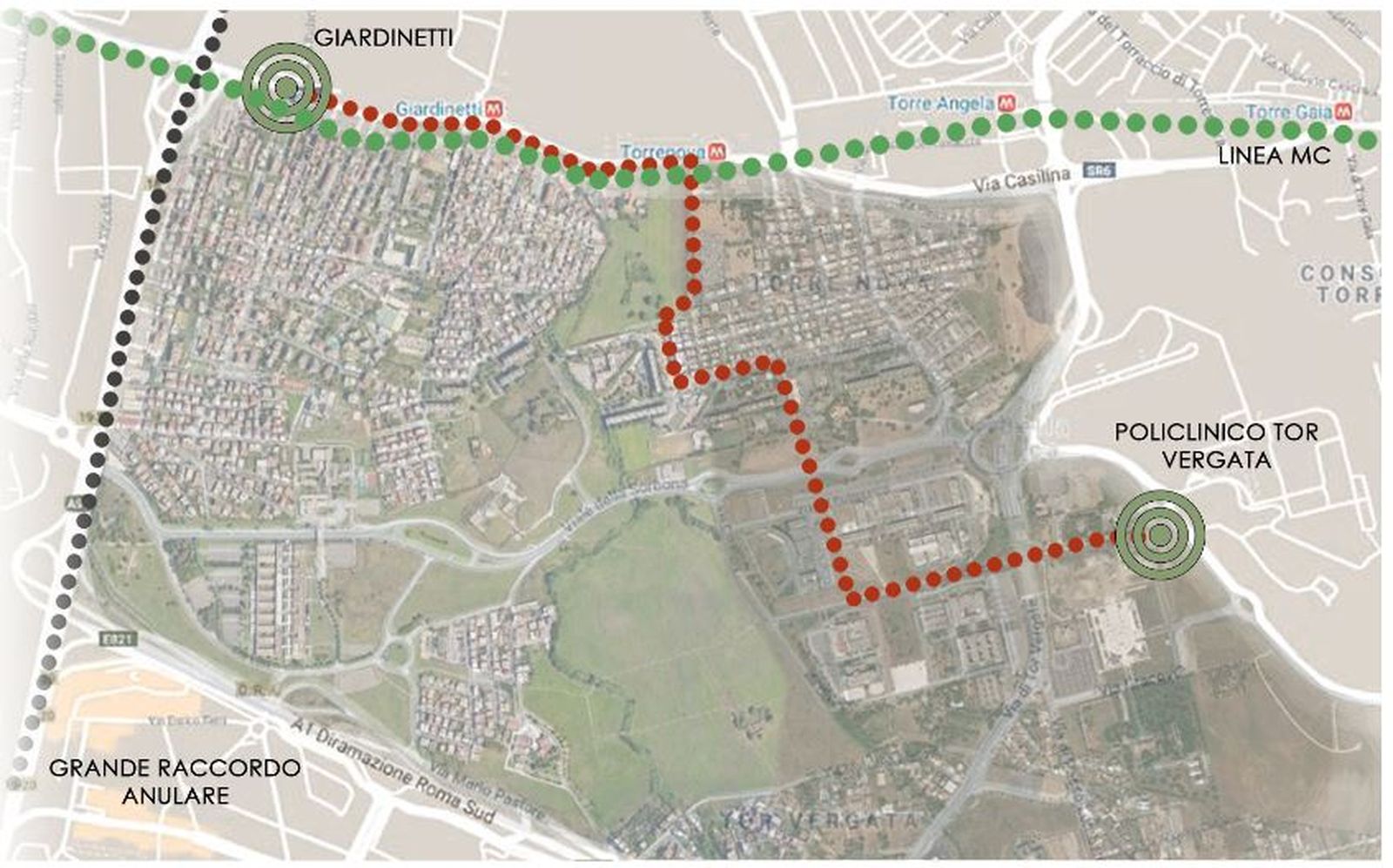 Giardinetti tramway line – Tor Vergata RomaSettore: Urban Transport
Giardinetti tramway line – Tor Vergata RomaSettore: Urban Transport -
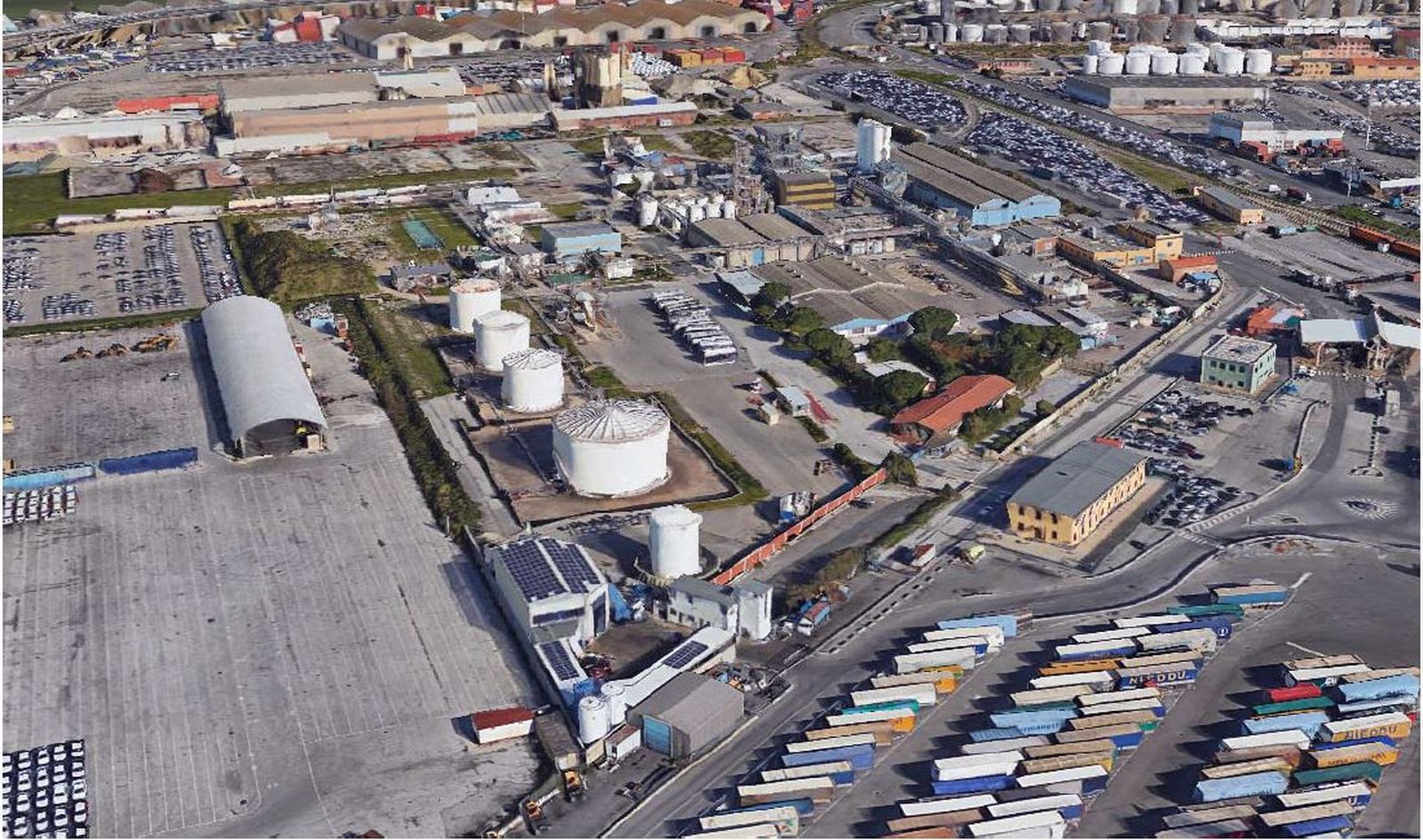 Port of Livorno – Former Trinseo AreaSettore: Ports and hydraulic projects
Port of Livorno – Former Trinseo AreaSettore: Ports and hydraulic projects -
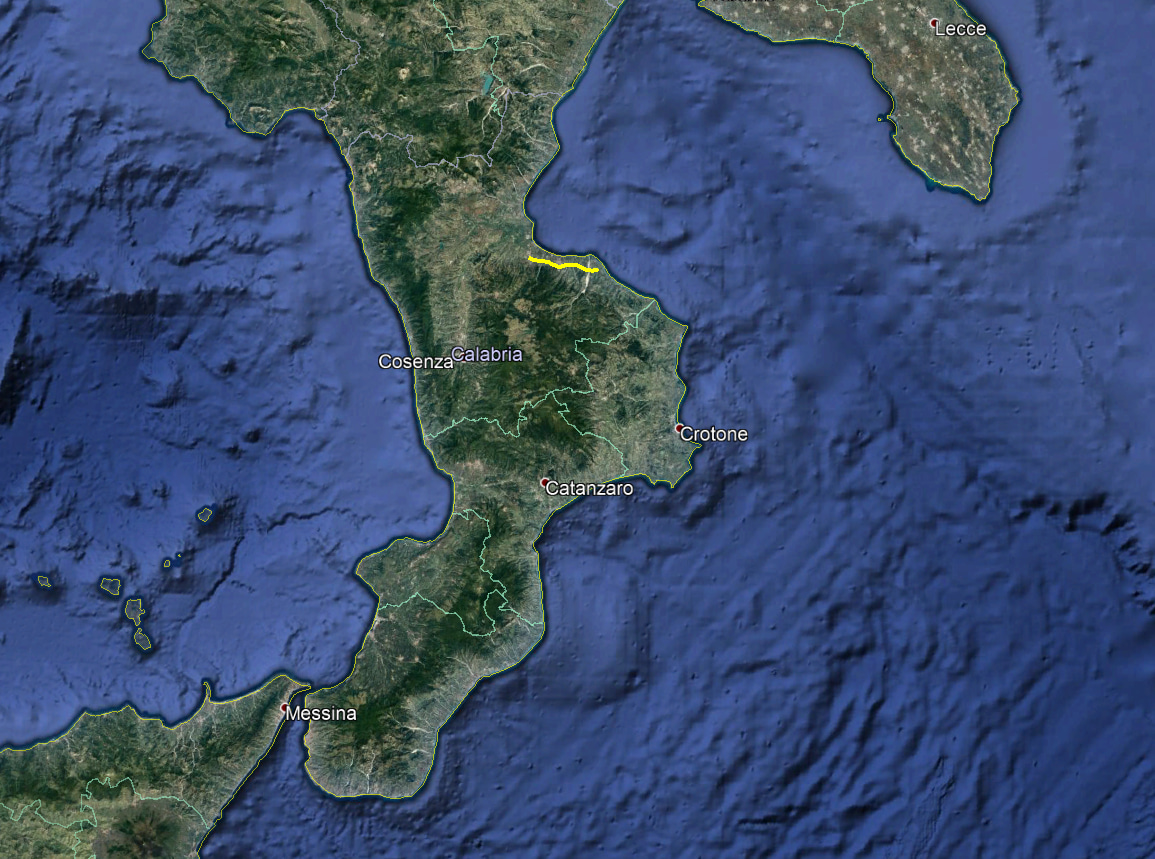 Framework Contract ANAS – State road n.106 “Ionica”Settore: Roads & Highways
Framework Contract ANAS – State road n.106 “Ionica”Settore: Roads & Highways -
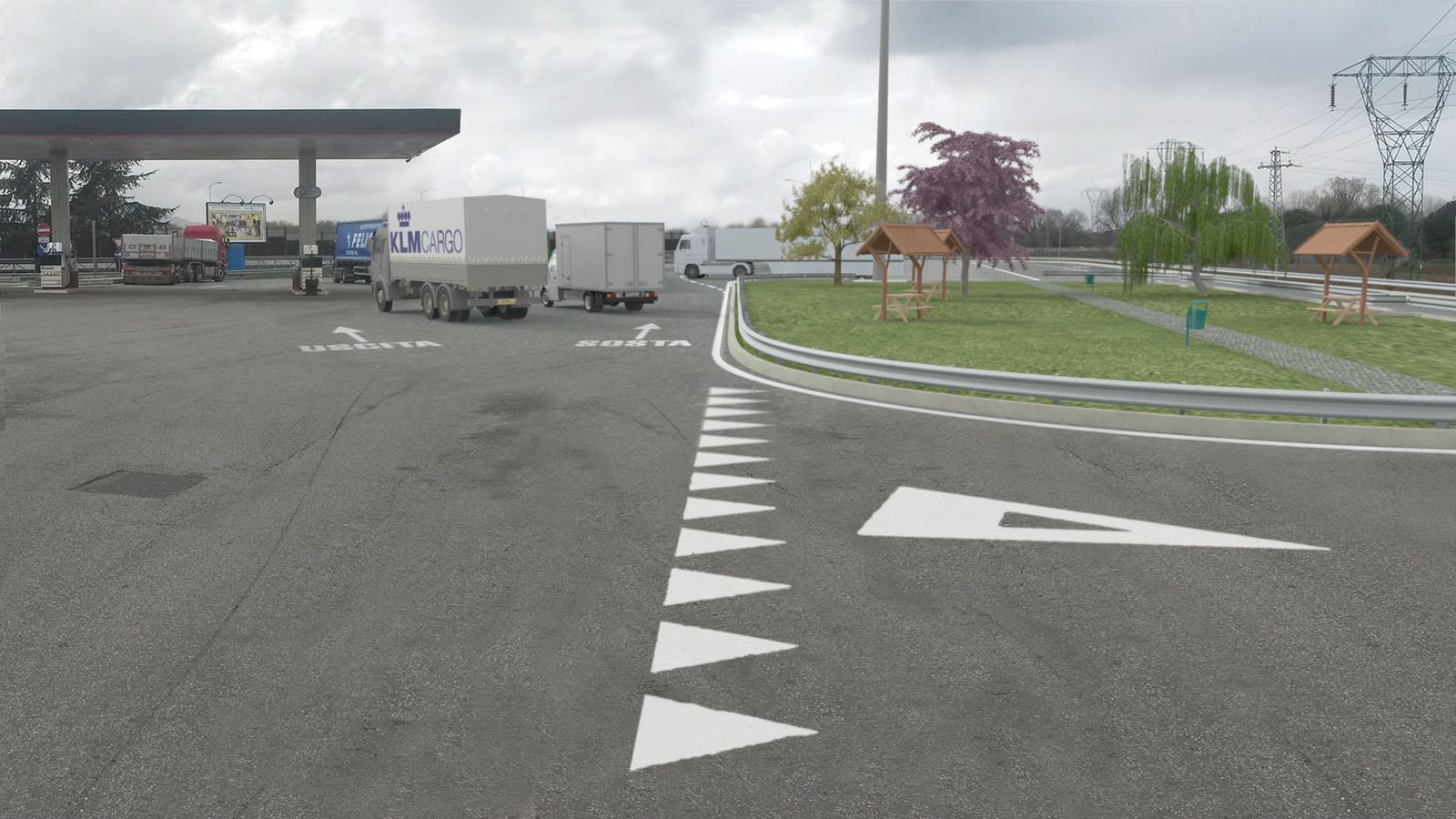 Area di servizio Montefeltro Est (RN)Settore: Roads & Highways
Area di servizio Montefeltro Est (RN)Settore: Roads & Highways -
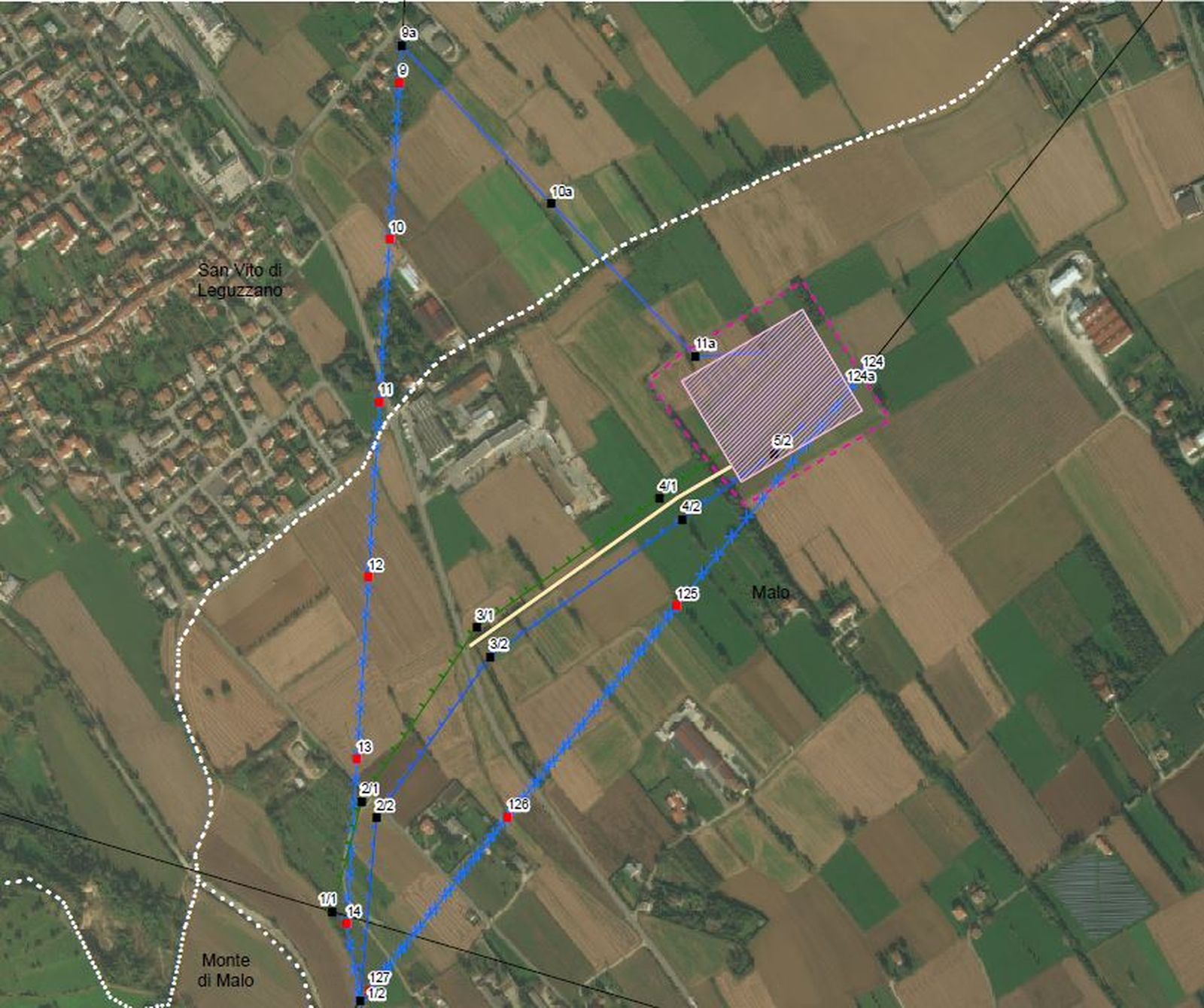 132/220 kV Transimission substation – Malo (VI)Settore: Energy Infrastructures
132/220 kV Transimission substation – Malo (VI)Settore: Energy Infrastructures -
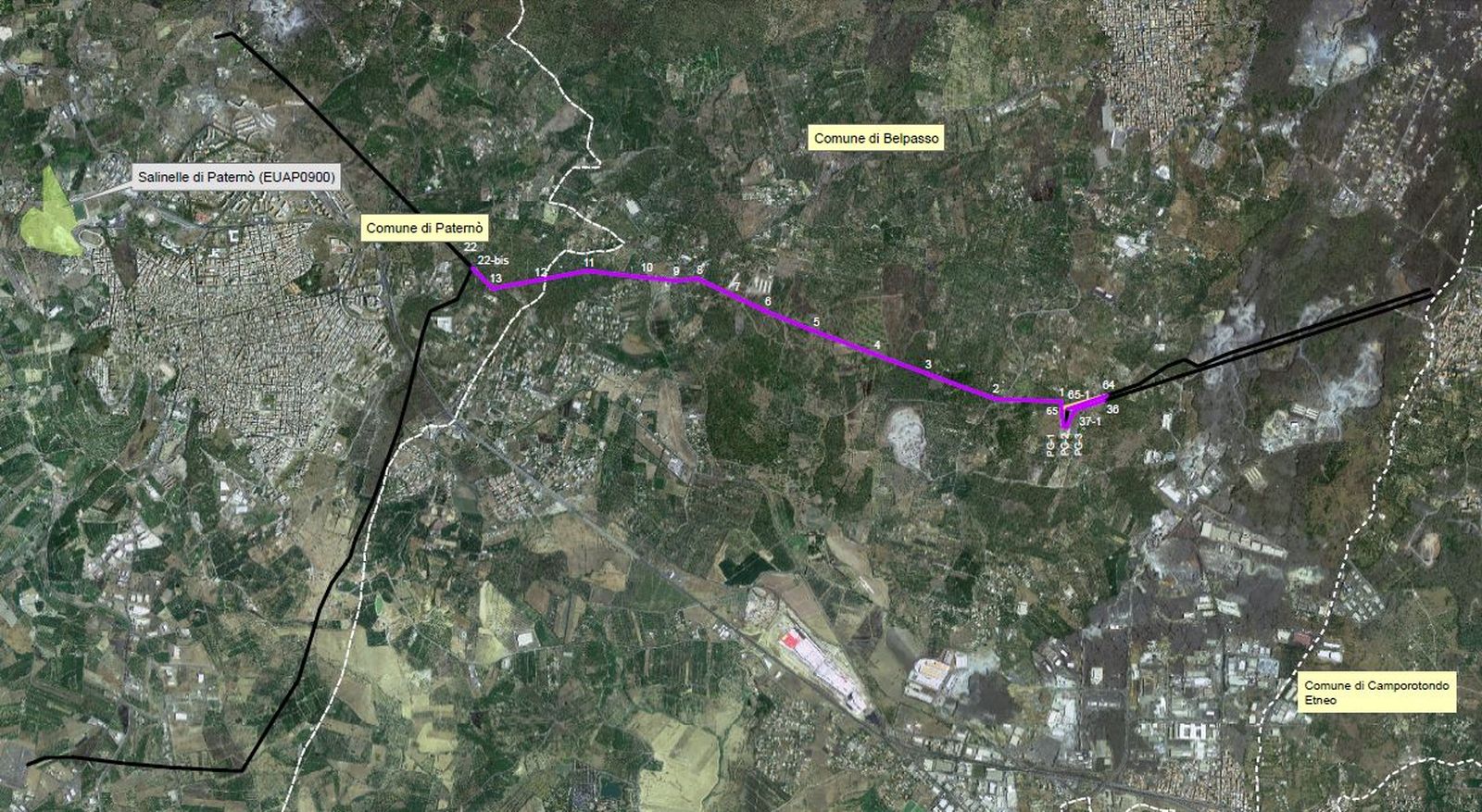 150 kV overhead power line – Paternò – Belpasso (CT)Settore: Energy Infrastructures
150 kV overhead power line – Paternò – Belpasso (CT)Settore: Energy Infrastructures -
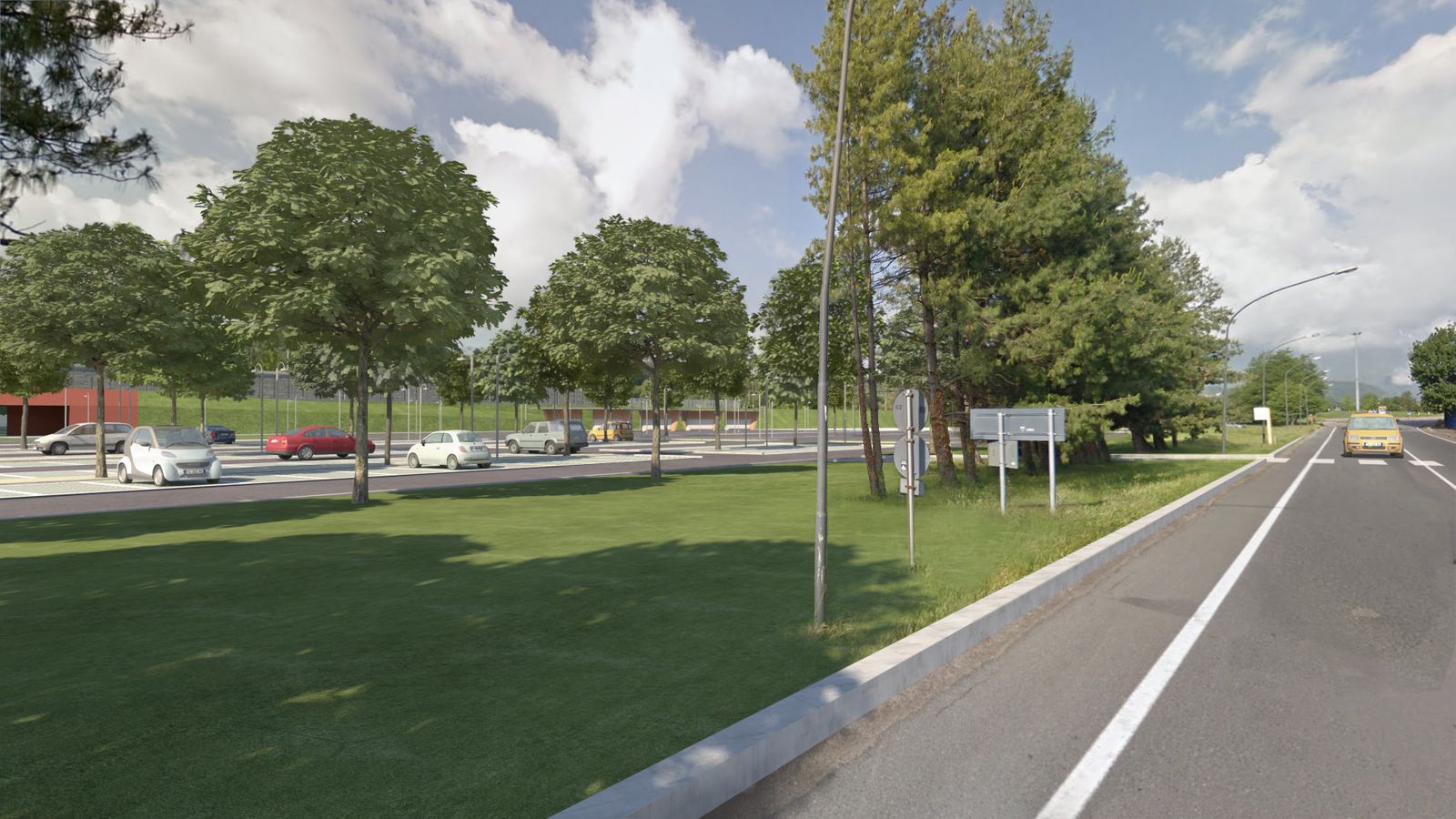 Linea Torino Lione – Progetto definitivo Fermata FerrieraSettore: Railways & Station
Linea Torino Lione – Progetto definitivo Fermata FerrieraSettore: Railways & Station -
 City of Belluno – “Local Agenda 21” ProgramSettore: Public Administrations
City of Belluno – “Local Agenda 21” ProgramSettore: Public Administrations -
 Saint Petersburg Ring Road (Russia)Settore: Roads & Highways
Saint Petersburg Ring Road (Russia)Settore: Roads & Highways -
 Moscow – Klin Motorway (Russia)Settore: Roads & Highways
Moscow – Klin Motorway (Russia)Settore: Roads & Highways -
 Nogink connection road (Russia)Settore: Roads & Highways
Nogink connection road (Russia)Settore: Roads & Highways -
 Kenya Northern Corridor Rehabilitation ProgrammeSettore: Roads & Highways
Kenya Northern Corridor Rehabilitation ProgrammeSettore: Roads & Highways -
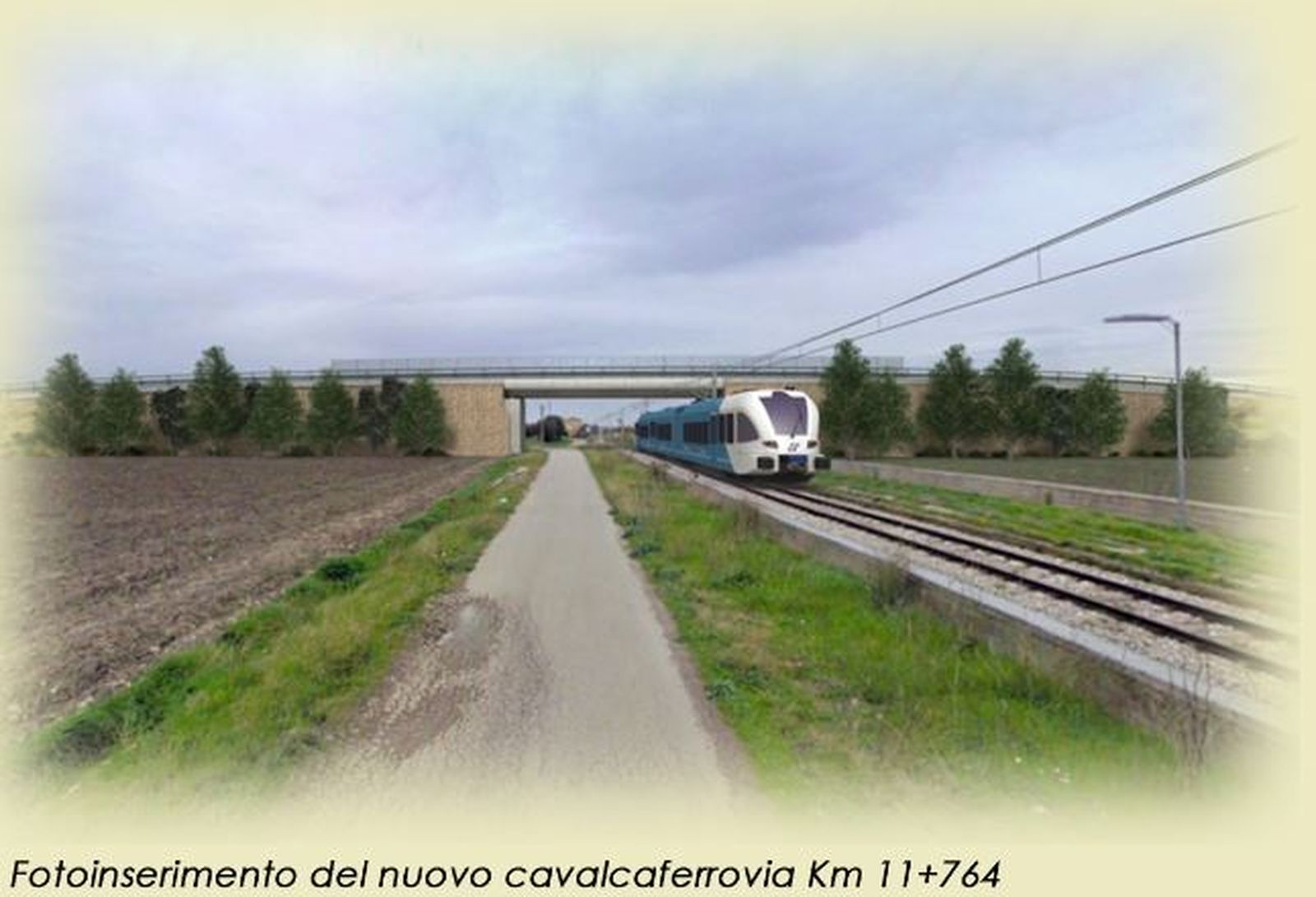 Potenza – Foggia Railway LineSettore: Railways & Station
Potenza – Foggia Railway LineSettore: Railways & Station -
 State Road 16 – Bellaria-Misano stretchSettore: Roads & Highways
State Road 16 – Bellaria-Misano stretchSettore: Roads & Highways -
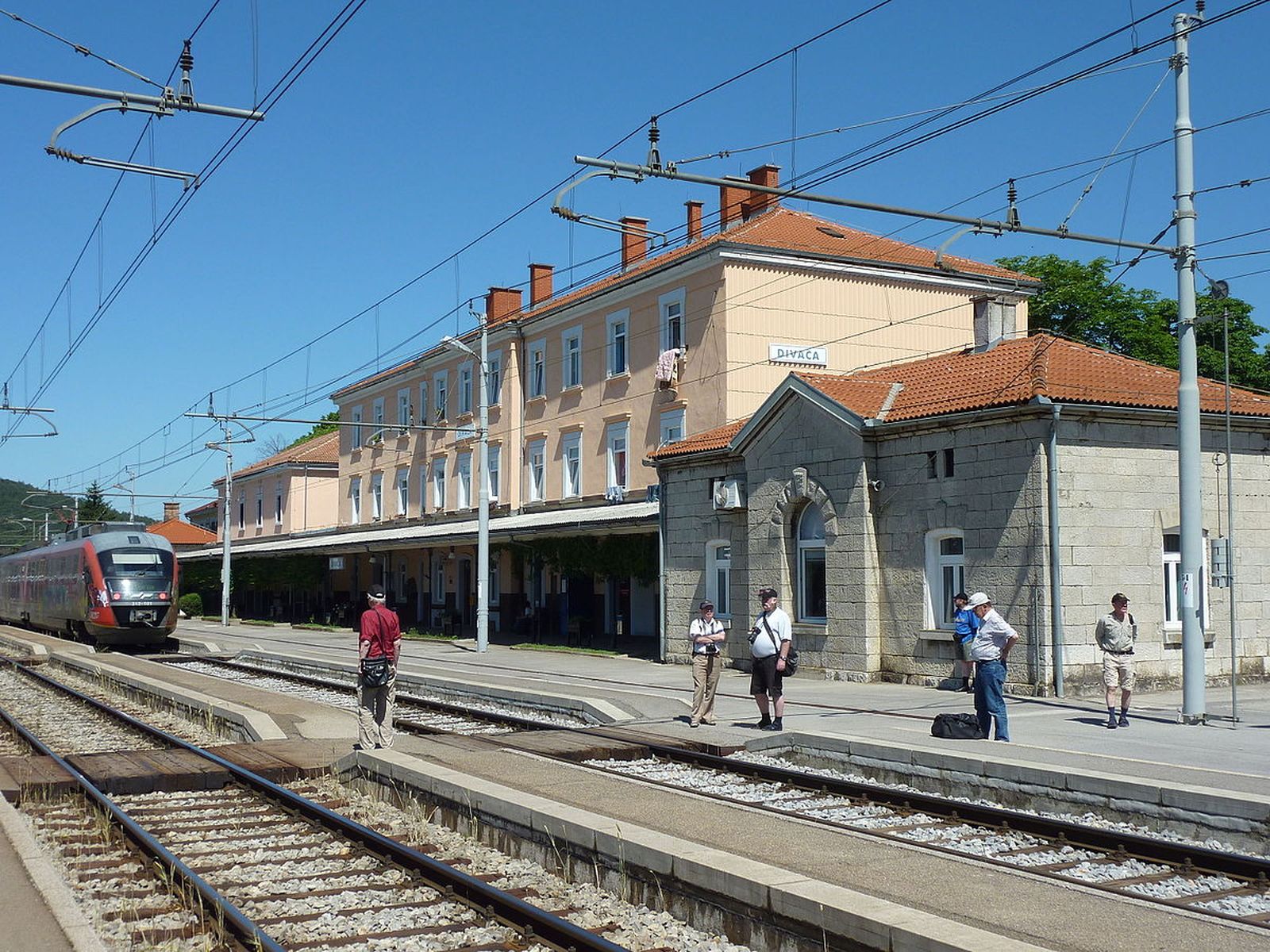 Divaca – Koper Railway line (Slovenia)Settore: Railways & Station
Divaca – Koper Railway line (Slovenia)Settore: Railways & Station -
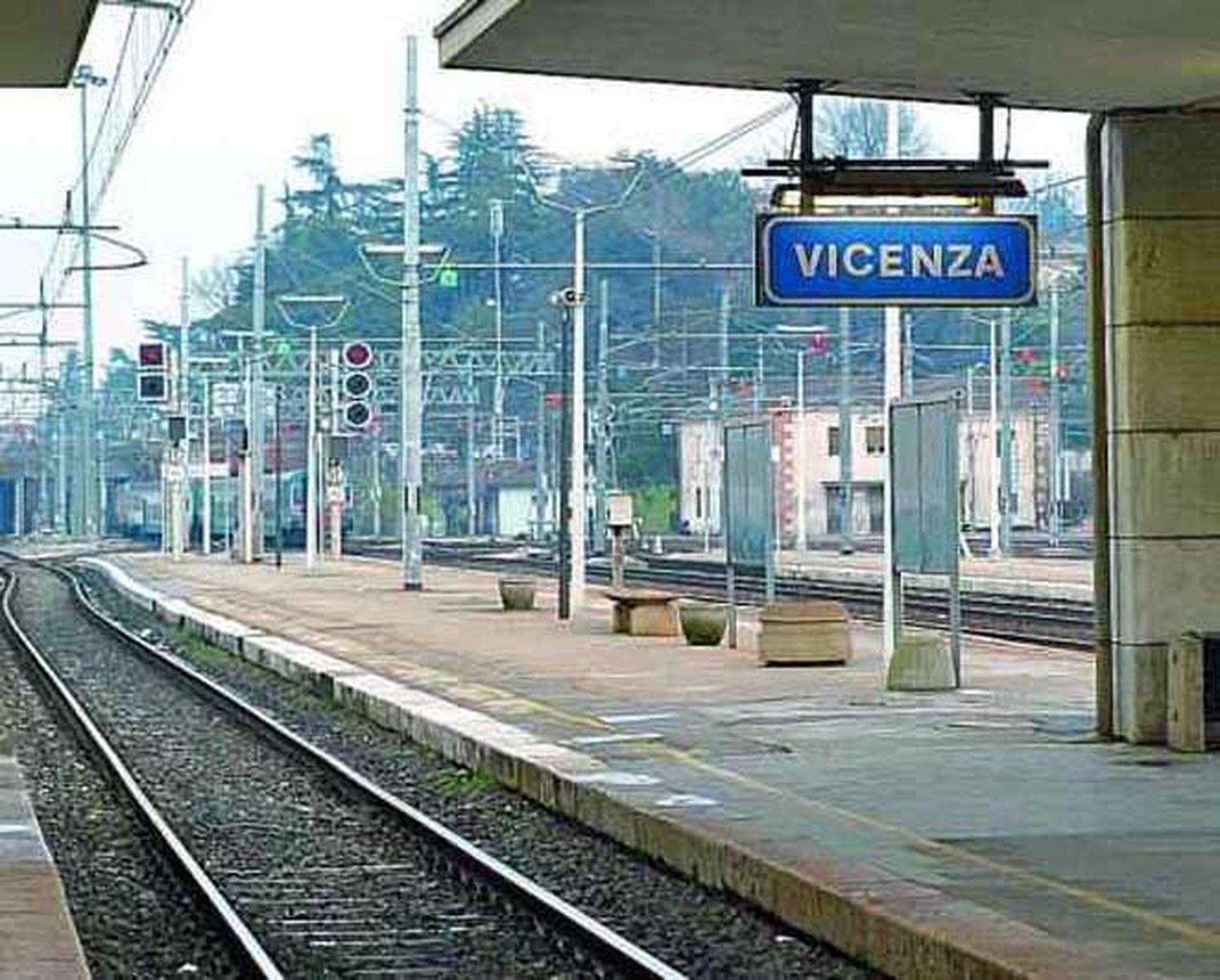 Verona – Padova Railway LineSettore: Railways & Station
Verona – Padova Railway LineSettore: Railways & Station -
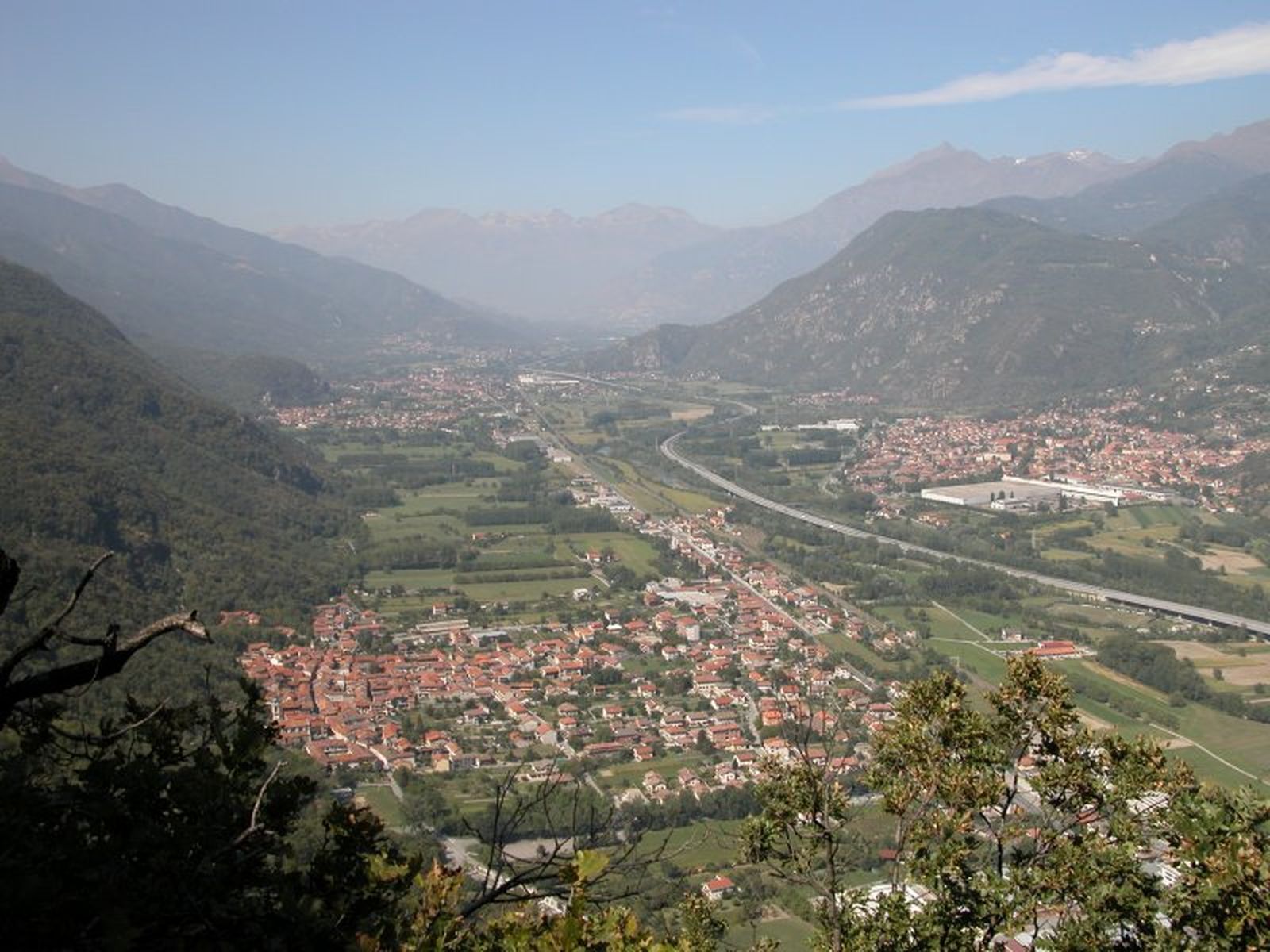 Torino – Susa Railway LineSettore: Railways & Station
Torino – Susa Railway LineSettore: Railways & Station -
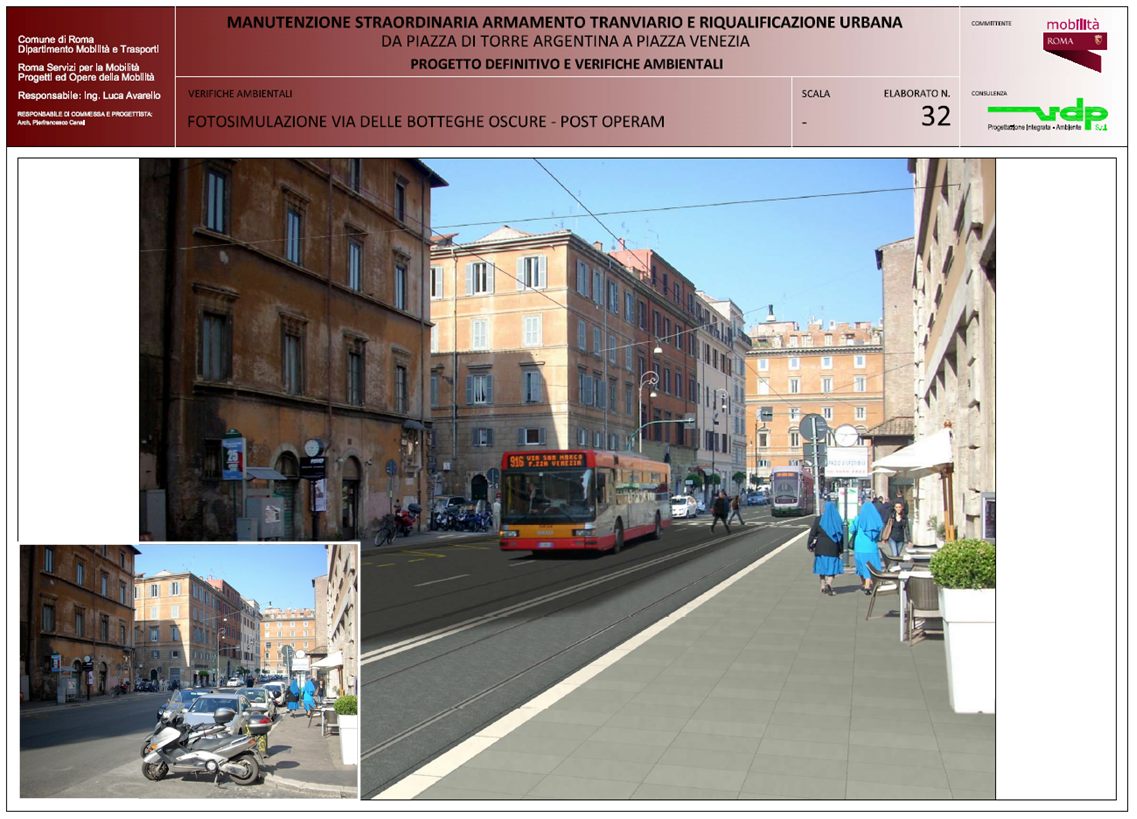 Tramway Line n°8 in RomeSettore: Urban Transport
Tramway Line n°8 in RomeSettore: Urban Transport -
 Gottardo Tunnel (Italian stretch)Settore: Railways & Station
Gottardo Tunnel (Italian stretch)Settore: Railways & Station -
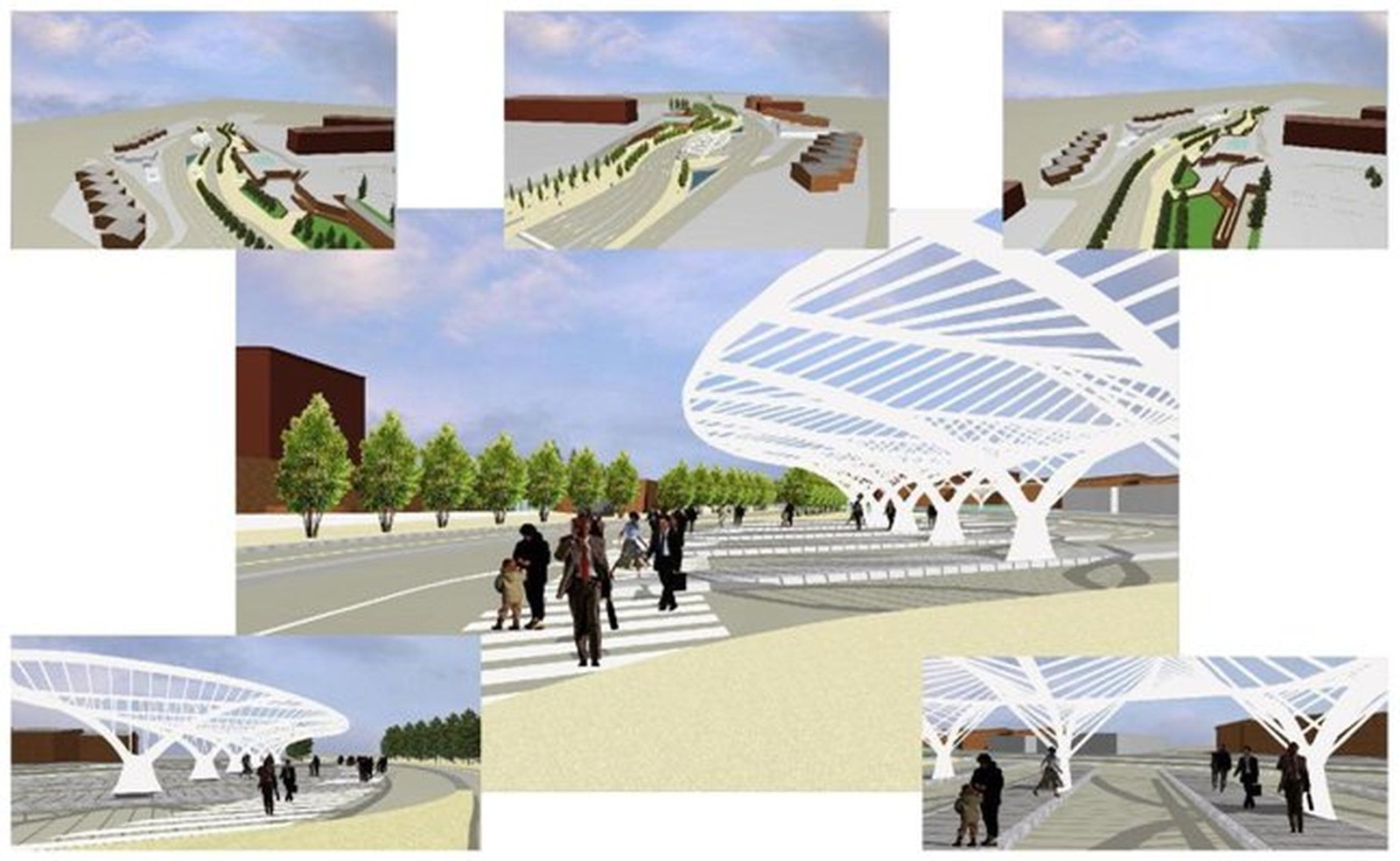 Rome “Mobility Corridor�- T3 and T6 SectionsSettore: Urban Transport
Rome “Mobility Corridor�- T3 and T6 SectionsSettore: Urban Transport -
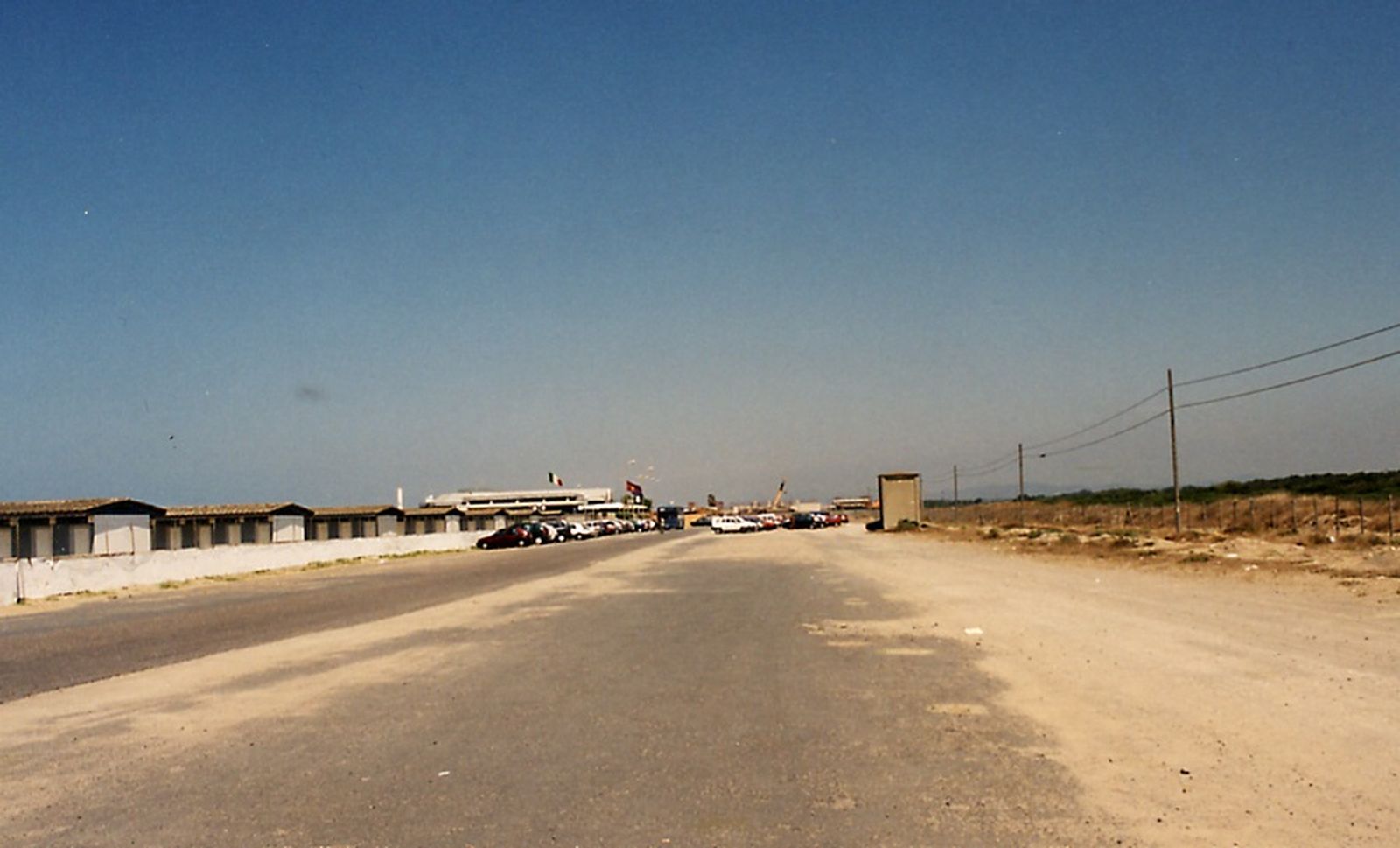 Rehabilitation Project of Fiumicino (Rome) waterfrontSettore: Public Administrations
Rehabilitation Project of Fiumicino (Rome) waterfrontSettore: Public Administrations -
 220 kV Austria – Italy InterconnectionSettore: Energy Infrastructures
220 kV Austria – Italy InterconnectionSettore: Energy Infrastructures -
 Genoa road and highway junctionSettore: Roads & Highways
Genoa road and highway junctionSettore: Roads & Highways -
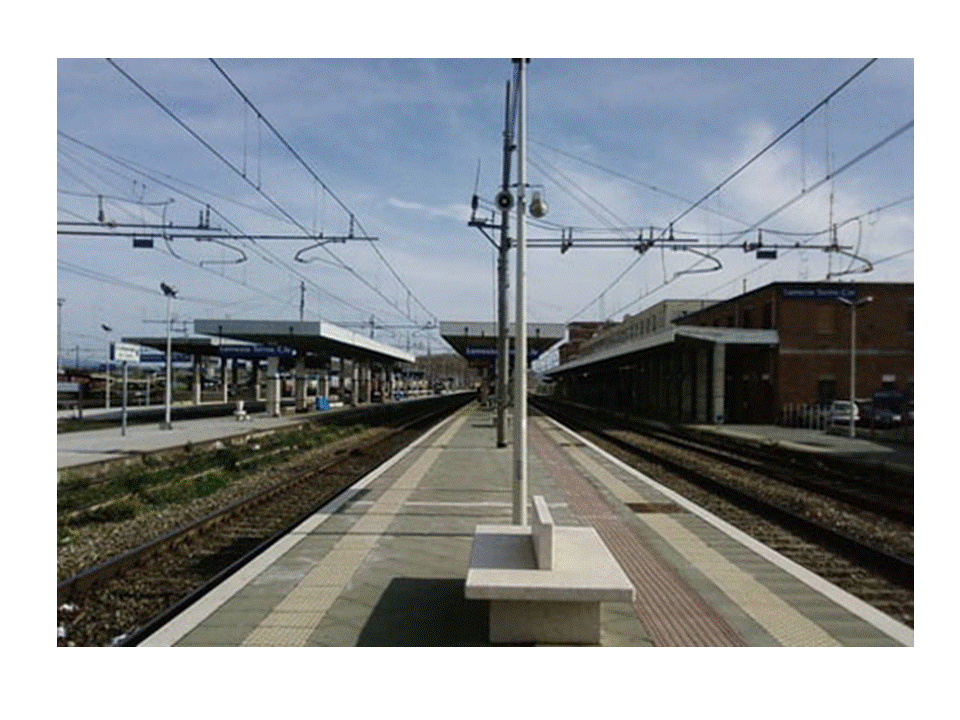 Battipaglia-Reggio Calabria HS/HC Railway LineSettore: Railways & Station
Battipaglia-Reggio Calabria HS/HC Railway LineSettore: Railways & Station -
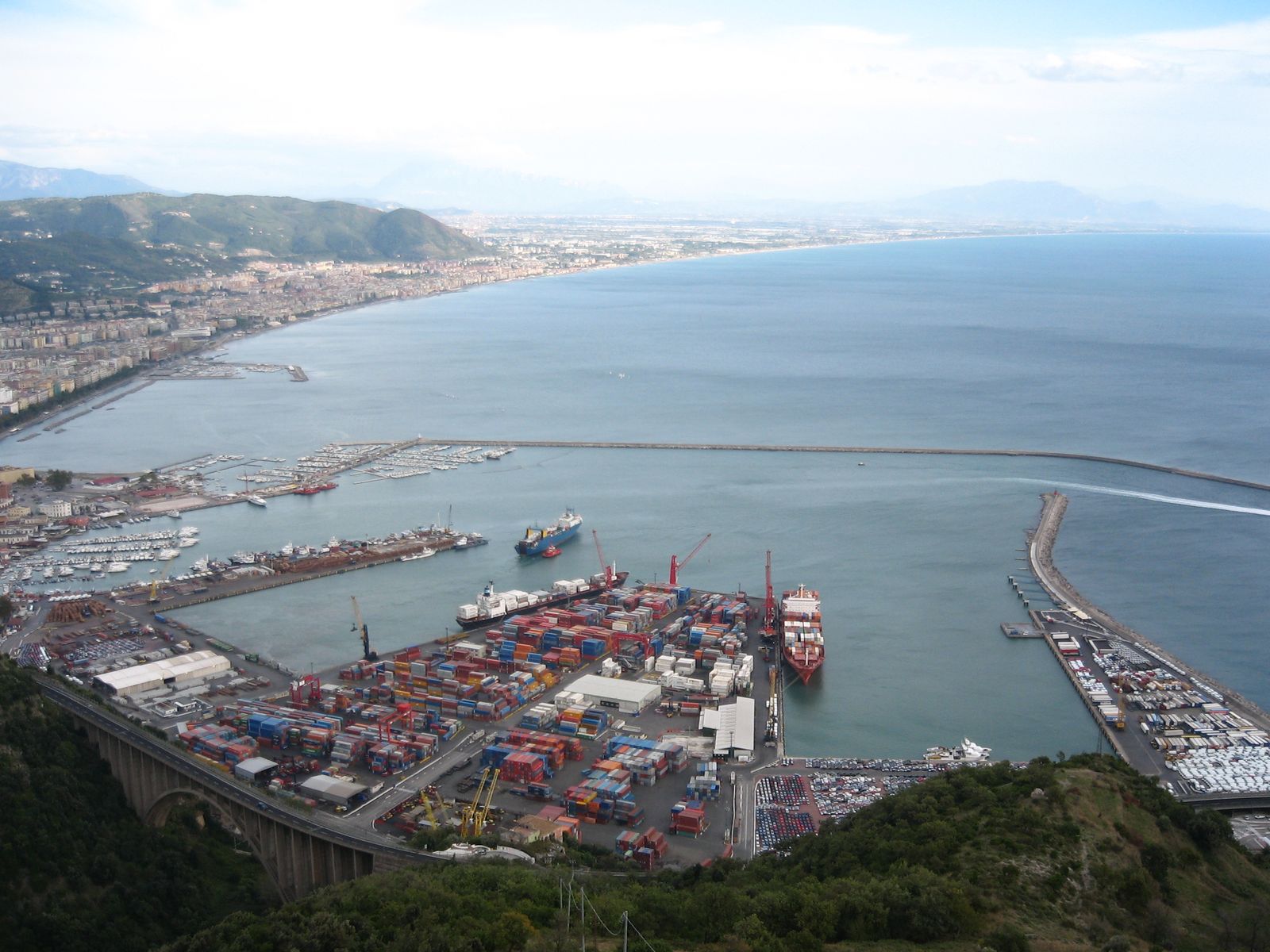 Port of SalernoSettore: Ports and hydraulic projects
Port of SalernoSettore: Ports and hydraulic projects -
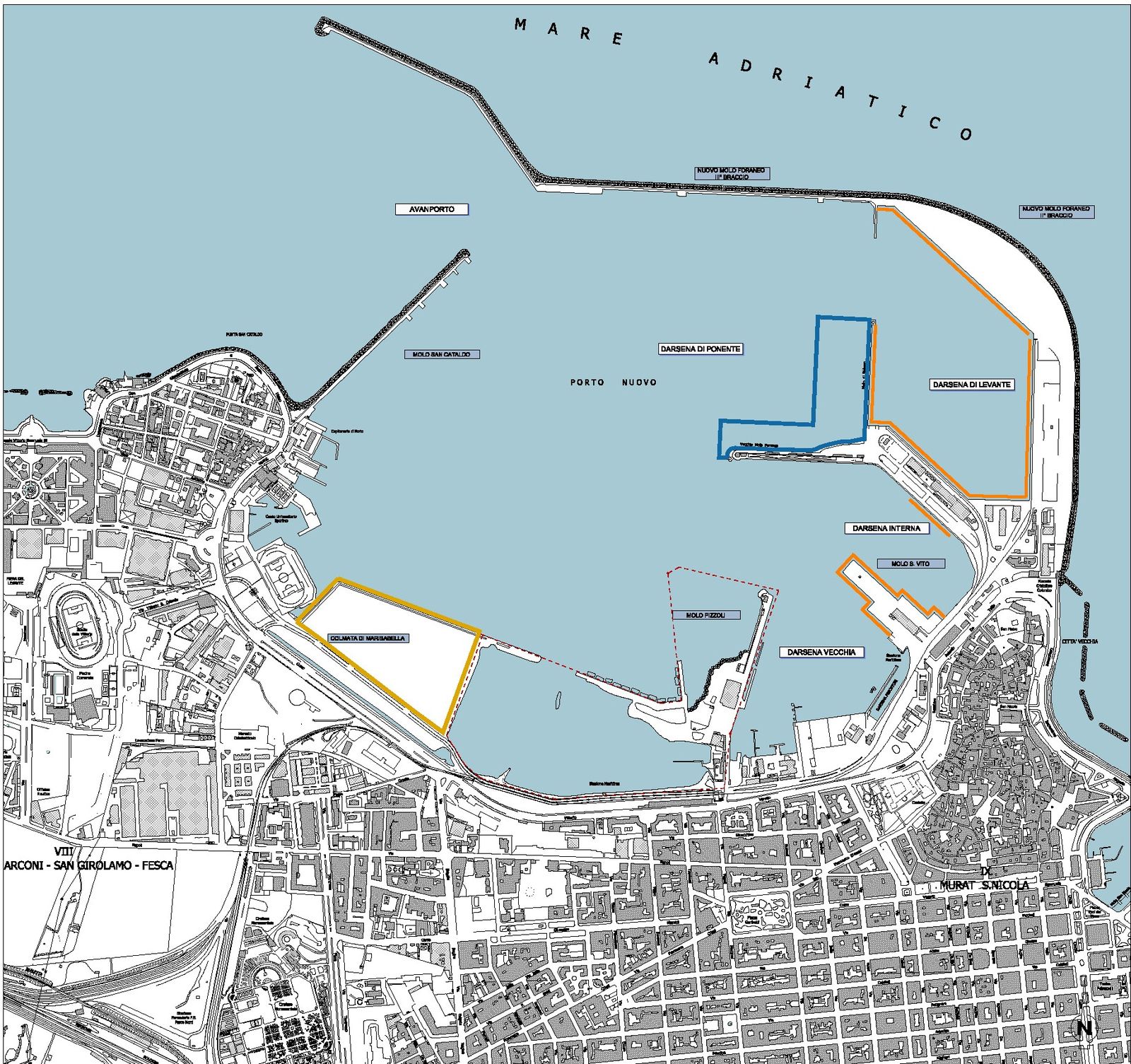 Port of Bari – Pizzoli-Marisabella areaSettore: Ports and hydraulic projects
Port of Bari – Pizzoli-Marisabella areaSettore: Ports and hydraulic projects -
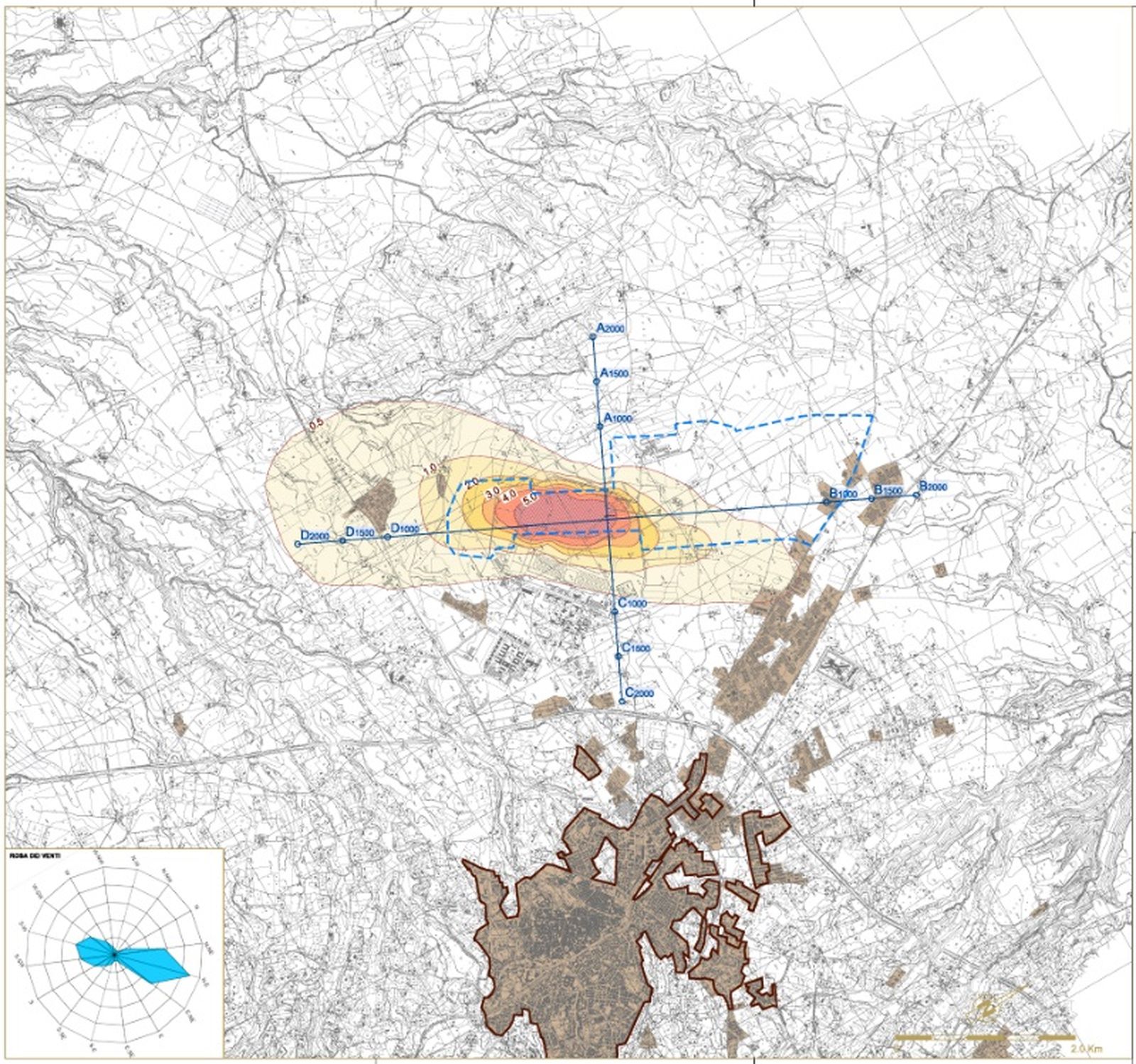 Viterbo Airport HubSettore: Airports
Viterbo Airport HubSettore: Airports -
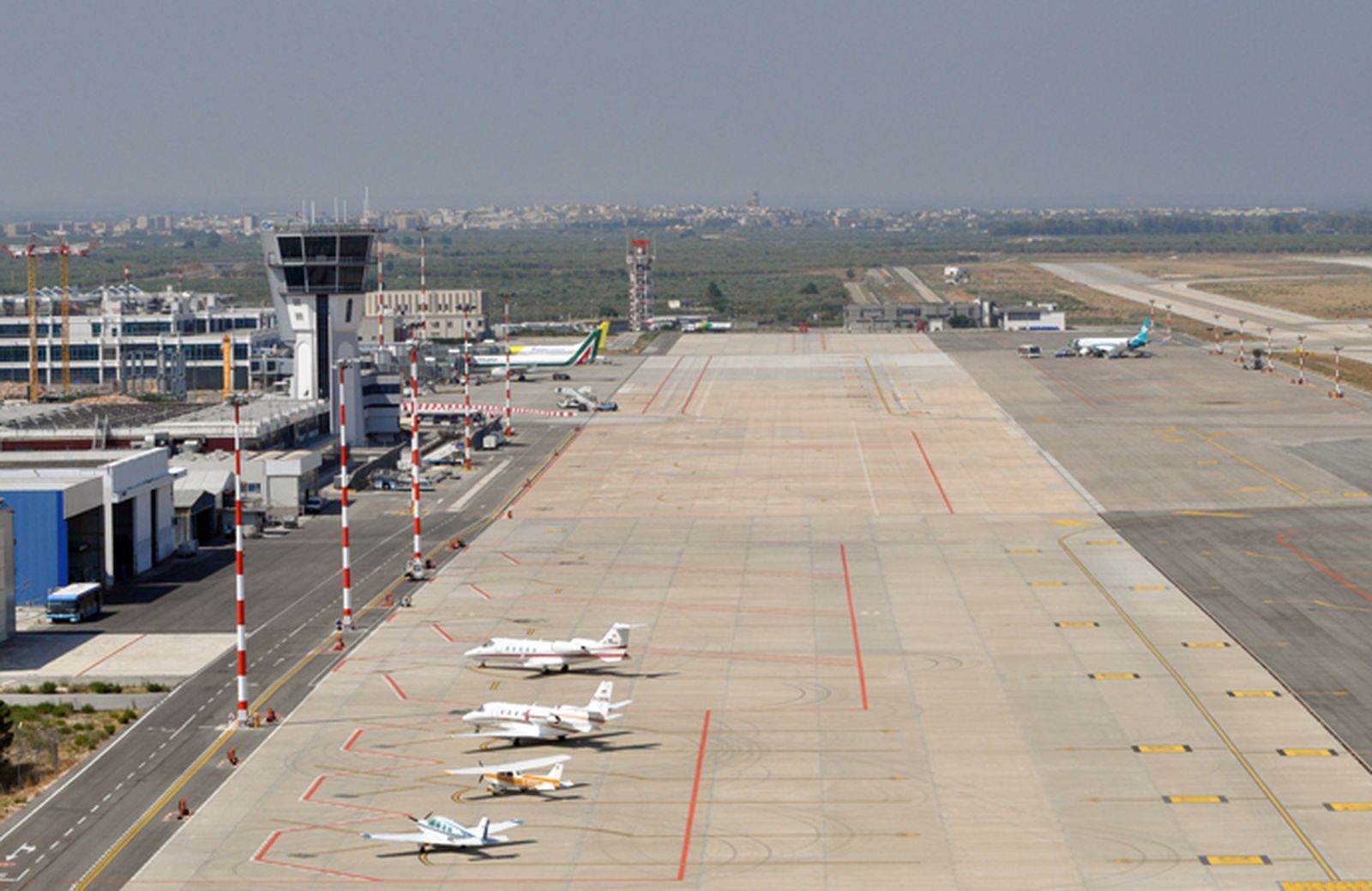 Bari AirportSettore: Airports
Bari AirportSettore: Airports -
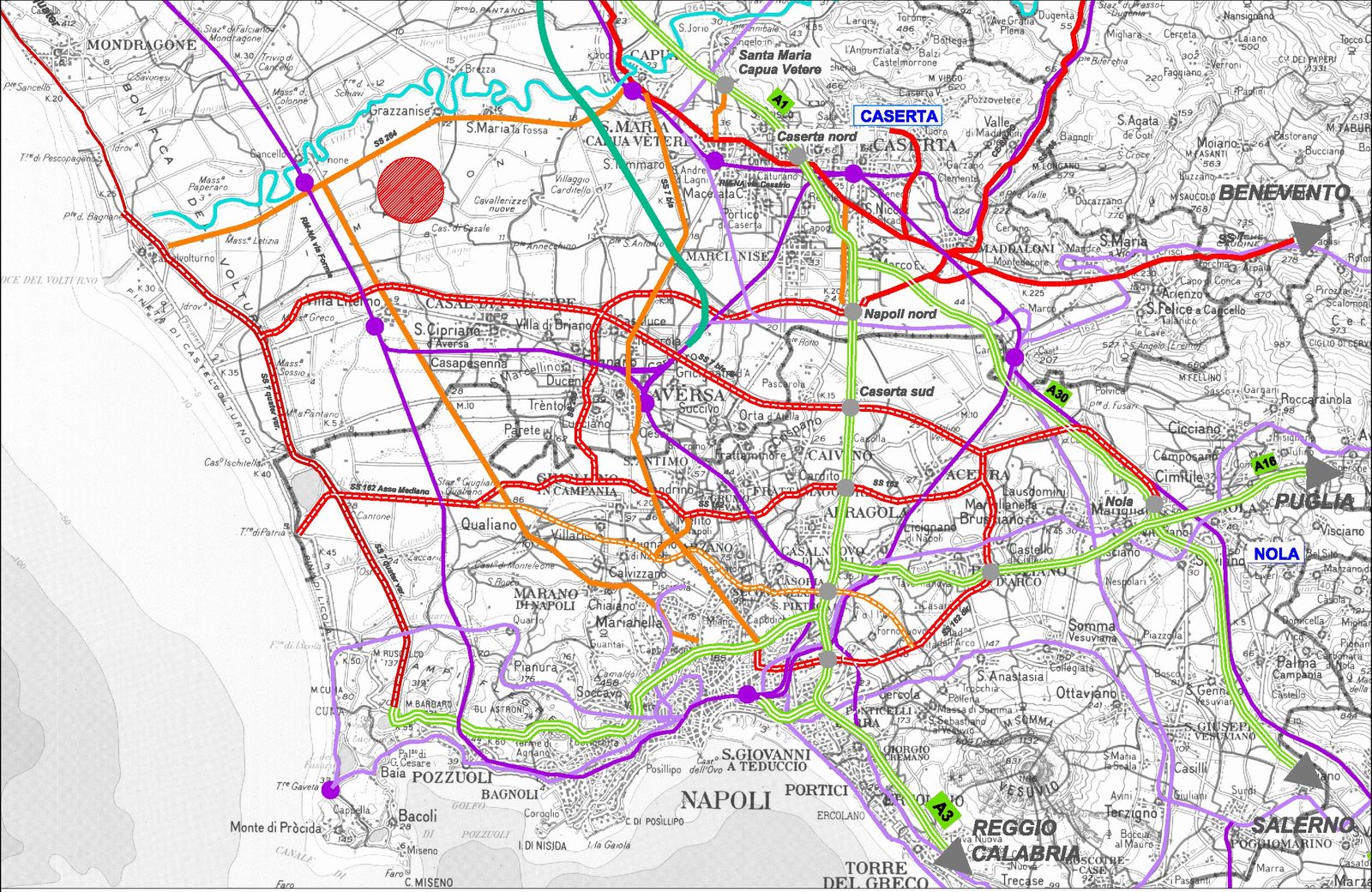 Grazzanise Airport (CE)Settore: Airports
Grazzanise Airport (CE)Settore: Airports -
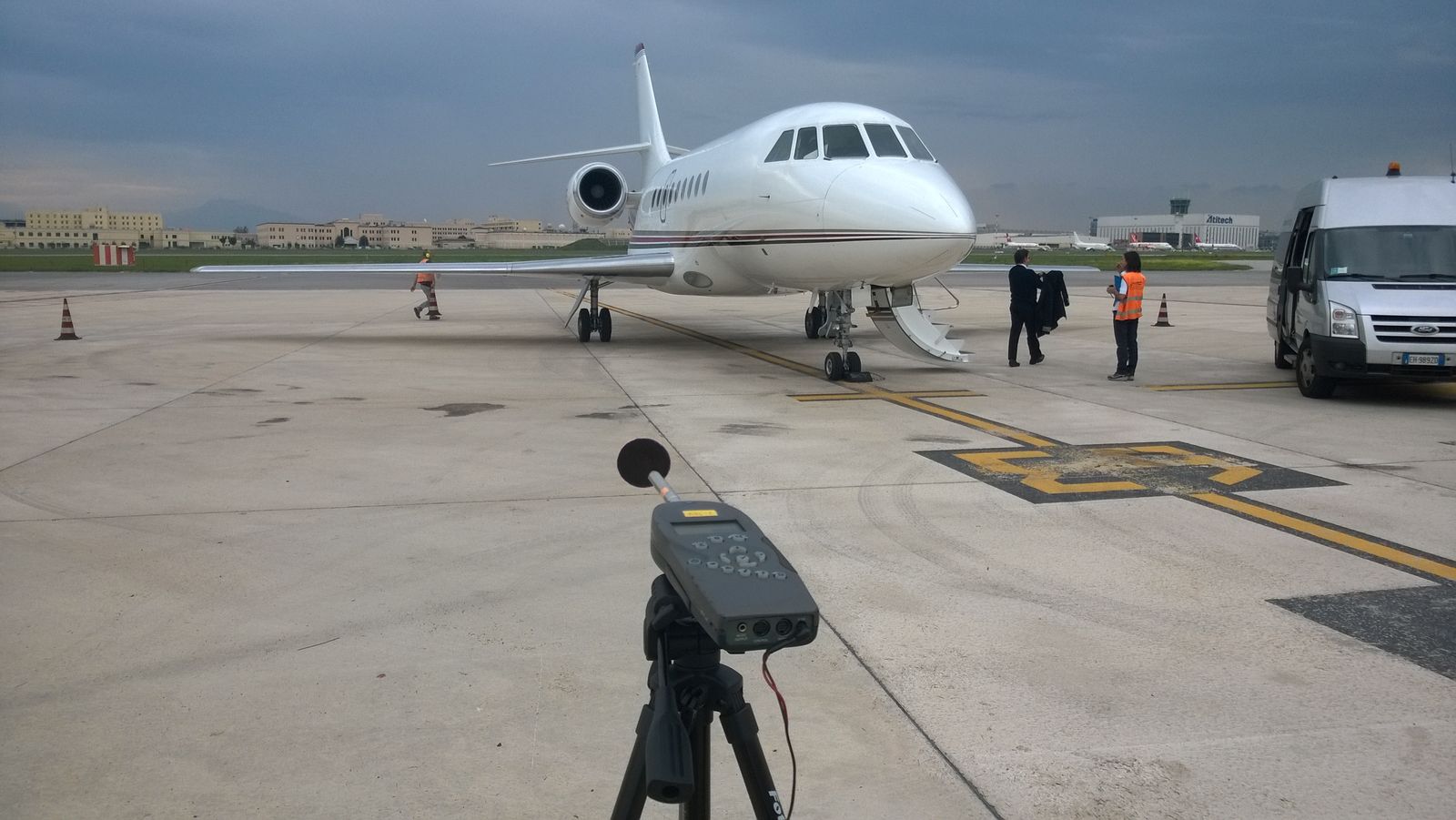 Naples International AirportSettore: Airports
Naples International AirportSettore: Airports